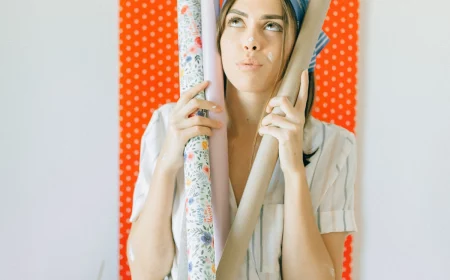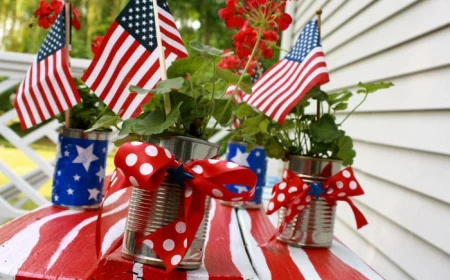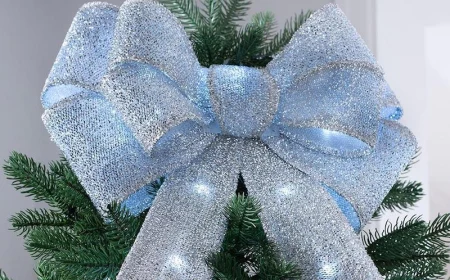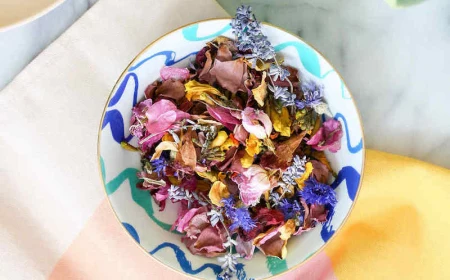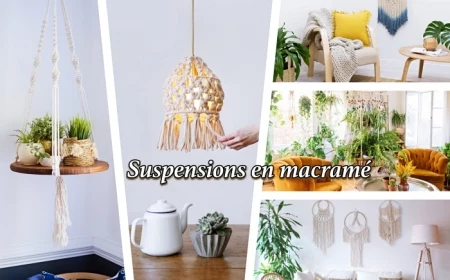Napkin Folding Secrets: Your Guide to a Flawless Table Every Time
I got my start in the event business working under a famously particular hotel manager. He was an absolute stickler for the details. I’ll never forget watching him inspect a grand ballroom, set for hundreds of guests, and reject an entire table simply because the points on their pyramid-folded napkins weren’t perfectly uniform. His philosophy? The napkin is the first thing a guest touches, and it sets the tone for the whole meal. It’s the first handshake, a silent promise of the care and quality to come. That lesson has always stuck with me.
In this article
Over the years, I’ve probably folded enough napkins to stretch across a small state, for everything from cozy family dinners to massive corporate events. So, this isn’t going to be one of those overwhelming galleries with 70 complicated designs you’ll never use. Think of this as a practical guide straight from the trenches. We’ll cover the essentials that transform a simple piece of fabric into a real statement of hospitality.
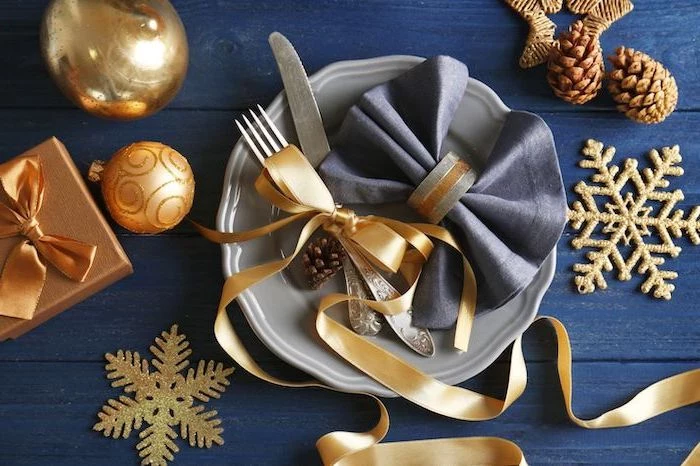
We’ll talk about which fabrics are your best friends and which ones will fight you every step of the way. I’ll show you four powerhouse folds that work for just about any occasion. And most importantly, I’ll share the pro techniques for prep and hygiene that make sure your table isn’t just beautiful, but truly ready for your guests.
First Things First: Choosing the Right Napkin
Honestly, the success of your fold is decided before you even make the first crease. It all starts with the fabric. The material you pick determines not just the look, but the feel and, crucially, the types of folds you can pull off. Choosing wrong is a one-way ticket to frustration and droopy, sad-looking napkins.
Cloth vs. High-End Paper
For any event where you want to make an impression, cloth is the way to go. It just has a weight and texture that paper can’t replicate. That said, not every gathering needs formal linen. For big, casual parties—think backyard BBQs or a Super Bowl party—high-quality paper napkins are a fantastic substitute. Look for ones labeled “air-laid” or “linen-feel.” They’re thick, soft, and surprisingly absorbent. But for that special dinner, the tactile experience of real cloth is just unbeatable.
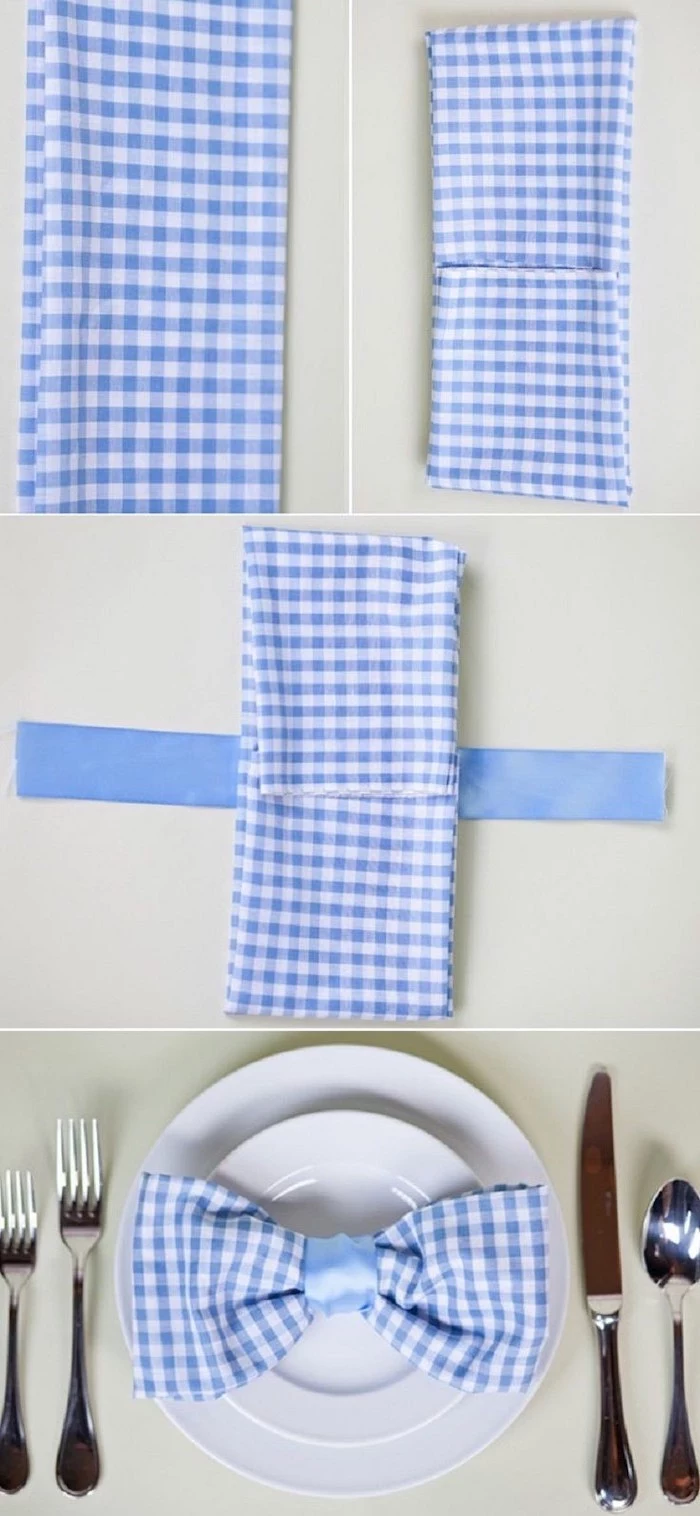
A Closer Look at Your Fabric Options
In the event world, we judge fabric on performance. How does it feel, how does it wash, and how well does it hold a shape? Let’s break it down.
- Linen: This is the undisputed champion of fine dining. 100% linen is incredibly absorbent and gets softer and more beautiful with every wash. Its superpower is its ability to hold a super crisp, architectural crease when starched and ironed. This makes it perfect for standing folds like the Pyramid. The downside? Linen wrinkles if you look at it funny. It demands proper ironing. It’s an investment—expect to pay anywhere from $15 to $30+ per napkin for the good stuff—but it can last for decades. For basic care, wash on a gentle cycle with cool water and never use fabric softener, as it can build up on the fibers.
- Cotton (Damask, Sateen): Cotton is a wonderfully versatile and popular choice. It’s softer than linen right out of the gate and much easier to care for. You’ll find different weaves, like damask with its subtle patterns or sateen with its smooth, slightly lustrous finish. These are brilliant for softer, draped folds, like a simple roll or a fan. While easier to iron than linen, they still need it. This is a great middle-ground, balancing luxury and practicality. Good quality cotton napkins usually run between $5 and $15 a pop at stores like Crate & Barrel or Pottery Barn.
- Polyester & Poly-Blends: Welcome to the workhorse of the catering world. These napkins are nearly indestructible. They’re durable, stain-resistant, and, best of all, wrinkle-resistant. You can often pull them straight from the dryer, give them a quick shake, and they’re ready to go. This makes them a lifesaver for big events. The trade-off is the feel; they aren’t as absorbent as natural fibers and can feel a bit slick. They’re best for simple, functional folds like the Pocket. You can find these online at restaurant supply stores for a steal, often $2 to $5 per napkin.

The Secret Weapon: Starch and a Hot Iron
Want to know the real secret to those impressive, gravity-defying napkin folds? It’s starch. Starch gives the fabric body and stiffness, allowing it to stand tall and hold its shape. Don’t be afraid of it! You’re not trying to turn your napkins into cardboard.
My go-to is a simple homemade spray: just one tablespoon of cornstarch dissolved in two cups of cold water. Shake it up in a clean spray bottle. It gives a light, even hold without the aerosol chemicals. If you’re in a hurry, a store-bought brand like Faultless or a diluted liquid starch like Sta-Flo works just as well.
Here’s the technique:
1. Start with a slightly damp napkin. If it’s bone dry, just mist it lightly with water first.
2. Lightly spray the whole thing with your starch solution. A little goes a long way.
3. Iron on the correct heat setting—high with steam for linen and cotton, lower and dry for polyester.
4. Keep ironing until it’s completely dry and crisp. You’ll hear a slight rustle when you handle it. That’s the sound of success!
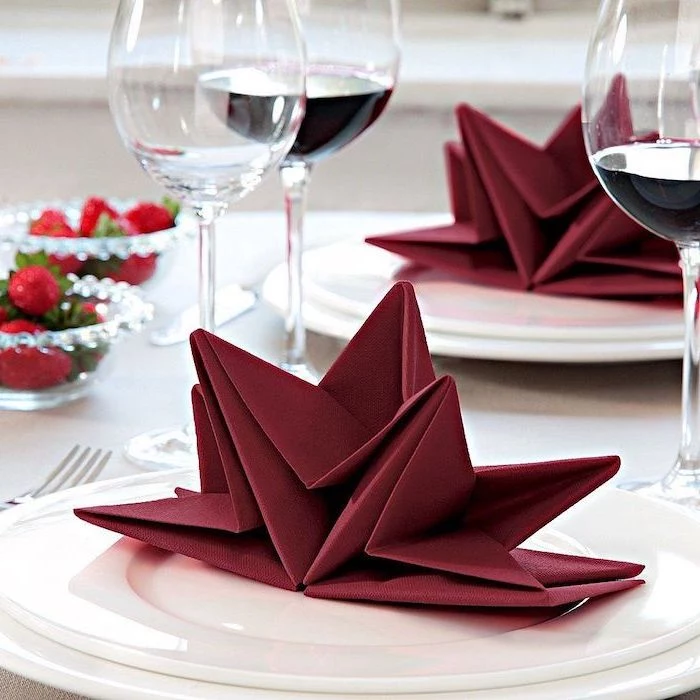
Heads up! Never leave a hot iron unattended, and always work in a well-ventilated area. Starched fabrics can scorch a bit more easily, so keep the iron moving.
The Folds: Four Go-To Designs for Any Occasion
You don’t need a massive repertoire. You just need a few reliable folds that you can execute perfectly. These are the four I’ve taught for years because they cover pretty much any situation. A little practice beforehand makes all the difference.
When to use which fold:
– Pocket Fold: Perfect for buffets, casual lunches, or when you want to tuck in a menu or silverware.
– Pyramid Fold: Use this to add a touch of formal height to your table.
– Fan Fold: A dramatic, celebratory fold that looks amazing for birthdays or holidays.
– Rose Fold: This is the showstopper for a romantic dinner or a truly special event.
1. The Pocket Fold (Beginner, Super Functional)
This is easily the most practical fold out there. It’s clean, simple, and creates a tidy pocket. It works with literally any fabric, even a soft polyester.

Lay the ironed napkin flat and fold it in half top-to-bottom, then in half again left-to-right. You’ll have a small square with the four loose corners at the top right. Take only the top layer and fold it diagonally down to the bottom left corner. Now, flip the whole napkin over. Fold the right third in toward the center, then fold the left third over on top of it. Flip it back over, and you’ve got a perfect pocket ready for silverware.
Quick Tip: This fold lies flat, which means you can make them ahead of time and stack them easily without messing them up.
2. The Pyramid Fold (Intermediate, Classic Stand-Up)
This is a classic standing fold that brings an elegant height to the table. It absolutely requires a crisp, starched napkin—linen or well-starched cotton is best. This was the fold my old boss was so obsessed with!
Start by folding your napkin in half diagonally to form a triangle. Place it with the long folded edge at the top. Bring the right and left corners up to meet the top point, creating a diamond shape. Flip it over. Now, fold the bottom point up to meet the top point. All you have to do now is pick it up from the center of the long bottom edge and stand it up. The two sides will fall together to form a stable pyramid.
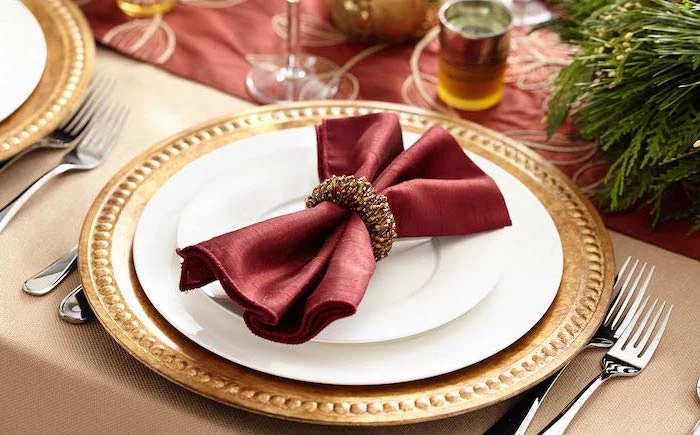
Troubleshooting: If your pyramid keeps collapsing, your napkin isn’t stiff enough. Don’t be shy with the starch and give it another pass with the iron. This always solves the problem.
3. The Fan Fold in a Glass (Intermediate, Decorative)
This one adds a splash of drama and is great for celebratory meals. It also keeps the napkin off the plate, leaving room for a charger plate or appetizer.
Lay your napkin flat and make one-inch accordion pleats from bottom to top. Press the pleats down firmly. Fold the whole pleated strip in half lengthwise. You can either pop the folded base directly into a water goblet or wine glass, or secure the base with a napkin ring first. Gently spread the top pleats out to create the fan. Voila!
Troubleshooting: If your pleats look uneven, use a ruler as a guide for each fold. It takes a little longer, but the result is a perfectly symmetrical fan that looks incredibly professional.
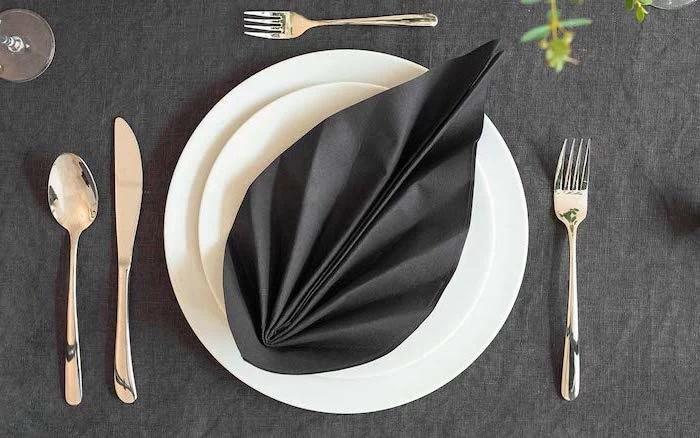
4. The Rose Fold (Advanced, The Showstopper)
Okay, this is the one you pull out when you really want to wow someone. It takes patience. The first time I tried to make these for a big event, they looked more like sad little fabric cabbages than roses. Trust me, a little practice goes a long way!
This fold works best with a softer napkin, like cotton sateen, that drapes well. Stiff linen will just look jagged. Fold your napkin into a triangle and, with the long edge at the bottom, start rolling it up toward the point, stopping with about 3 inches of the point left unrolled. Now, from one end, roll this tube inward tightly, like a cinnamon roll—this is the center of your rose. Once it’s all rolled up, tuck the loose tail into a bottom fold to secure it. The unrolled point is now your ‘leaves.’ Gently pull the two corners out and arrange them at the base.
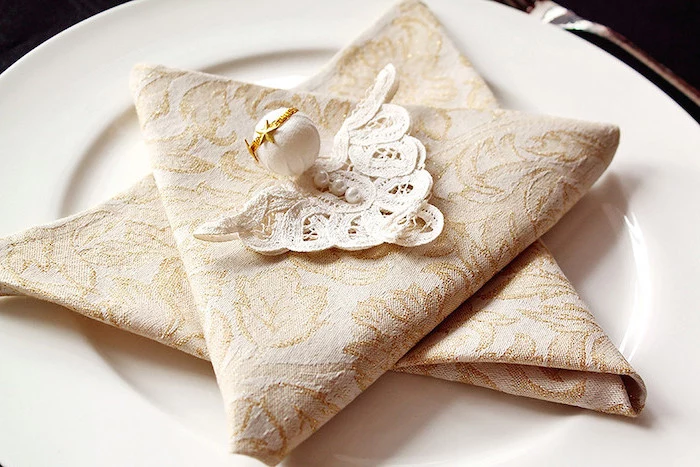
Troubleshooting: If it looks like a blob, your rolling tension is off. Try rolling the center part tighter and the outer layers a bit looser. It’s all in the tension!
Hosting Like a Pro: Prep & Placement
Efficiency and consistency are your best friends when hosting. Always start by washing your hands and working on a large, clean surface—not the same counter where you were just prepping food!
For any party bigger than a handful of people, use an assembly line method. Iron all the napkins at once, then fold them all. Flat folds can be stacked, but standing folds like the Pyramid should be placed carefully on a tray so they don’t get crushed. Be realistic about time—for 20 guests, budget at least an hour for ironing and a simple fold. For the Rose, budget more!
And by the way, for a really big event like a wedding, do yourself a favor and look into linen rentals. A local event company can provide professionally cleaned, pressed, and even pre-folded napkins. The cost is often surprisingly reasonable when you factor in your own time and sanity.
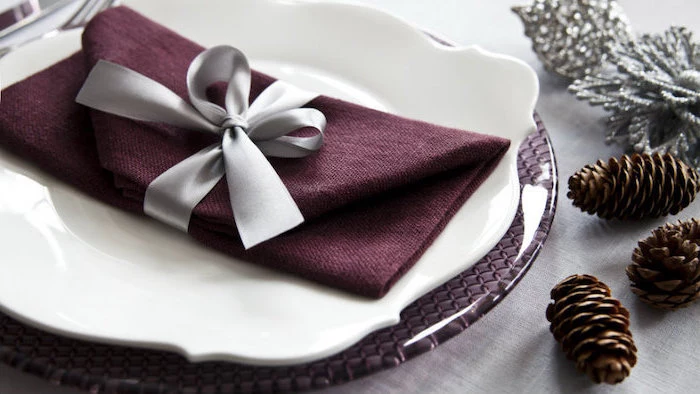
The Final Touch: Where to Place the Napkin
The final placement sends its own message.
- Center of the Plate: This is the most popular and visually striking spot. It’s perfect for showing off a beautiful fold like the Rose or Pyramid.
- To the Left of the Forks: This is the more traditional and formal placement. A simple, elegant fold like the Pocket looks best here.
- Inside a Glass: A purely decorative move for the Fan fold. It adds height and flair but can be a tiny bit less convenient for the guest.
At the end of the day, remember the napkin’s purpose is for your guest to use it. The fold shouldn’t be so tight or complex that they feel guilty undoing your masterpiece. The best hospitality is beautiful, yes, but it’s also effortless for your guests. Seeing them unfold your creation and settle in for a good meal is the greatest compliment of all.
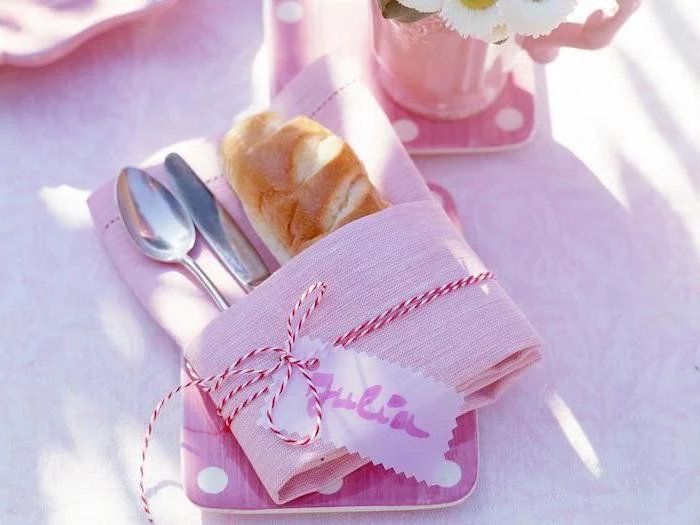
Inspiration Gallery
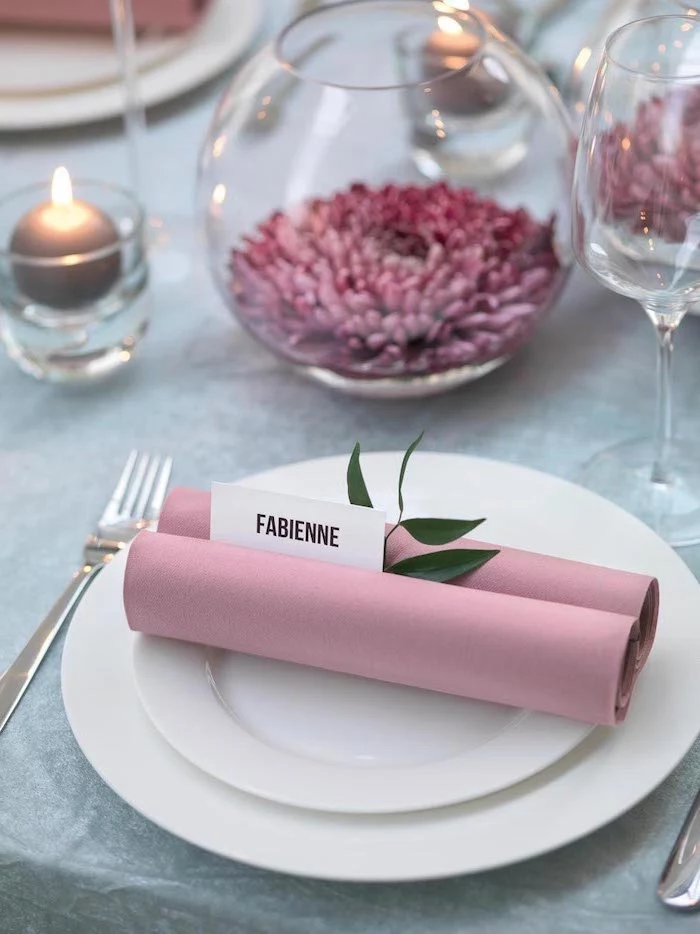
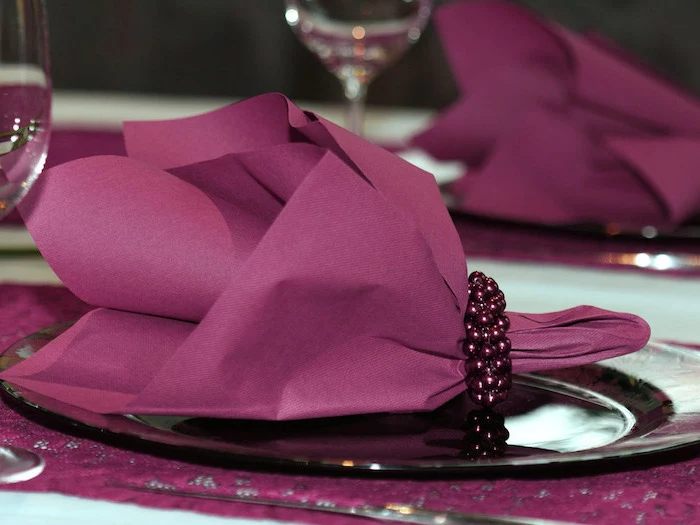
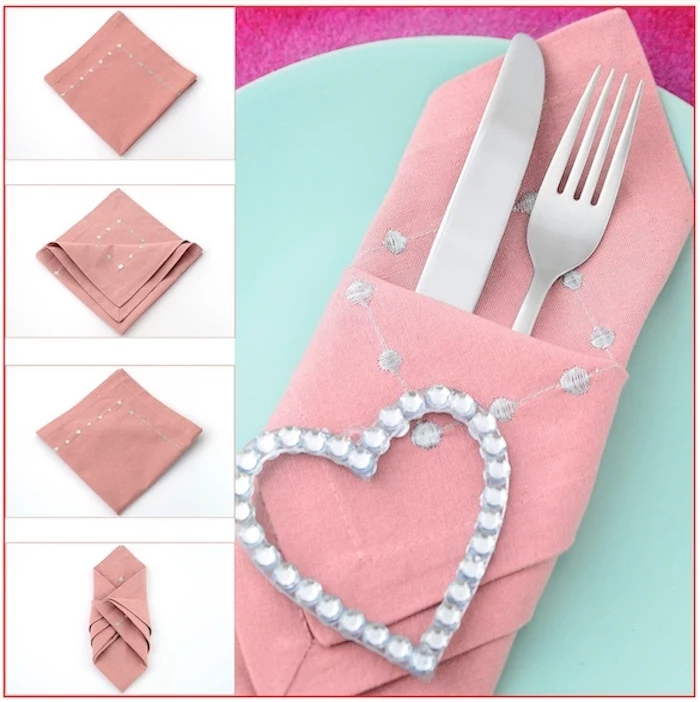
The secret to a crisp fold: Starch is your best friend. For linen or cotton napkins, a light spray of starch before ironing creates a fabric that holds sharp creases and stands tall. Don’t oversaturate; a fine mist is all you need to give the fabric body and a professional, smooth finish that lasts throughout the meal.
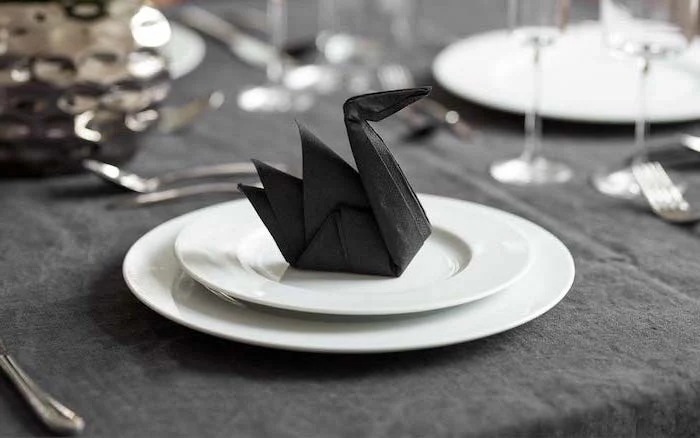
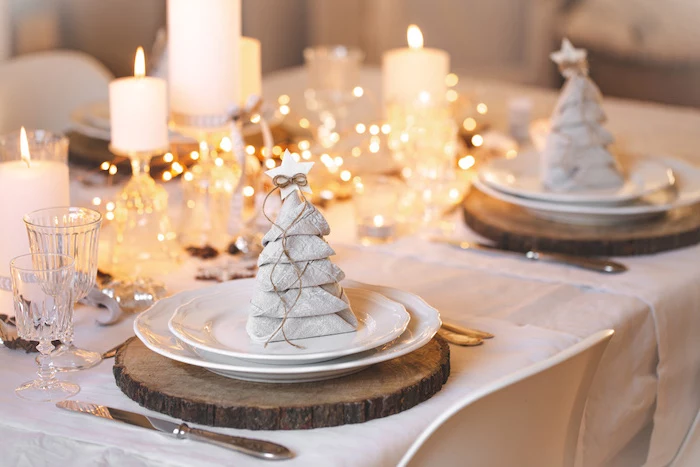
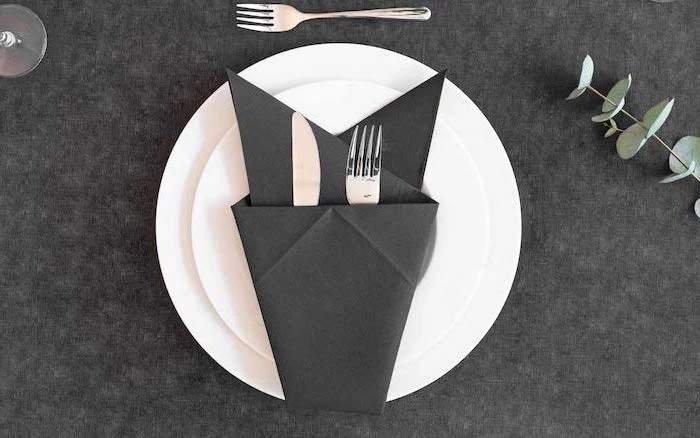
The word “napkin” comes from the Old French “nappe,” meaning a cloth to cover a table, with the diminutive “-kin” added.
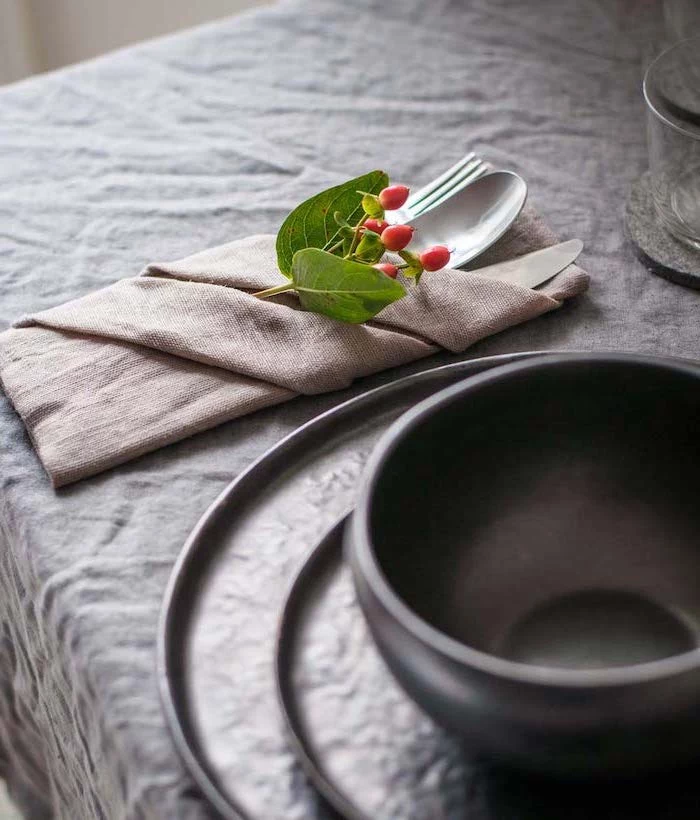
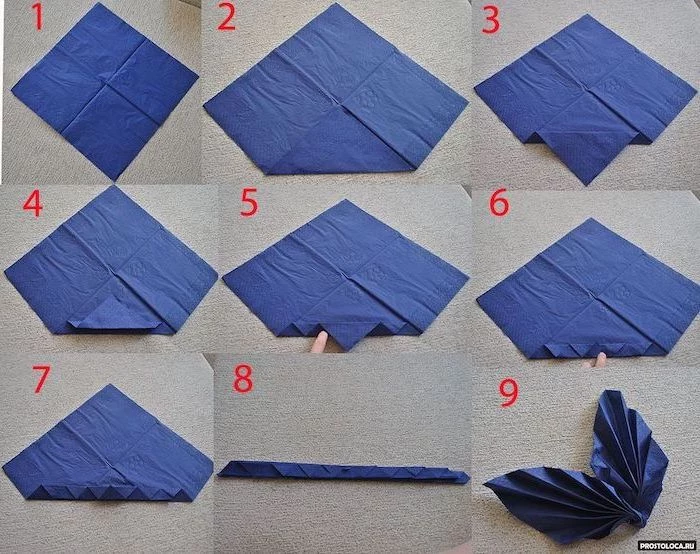
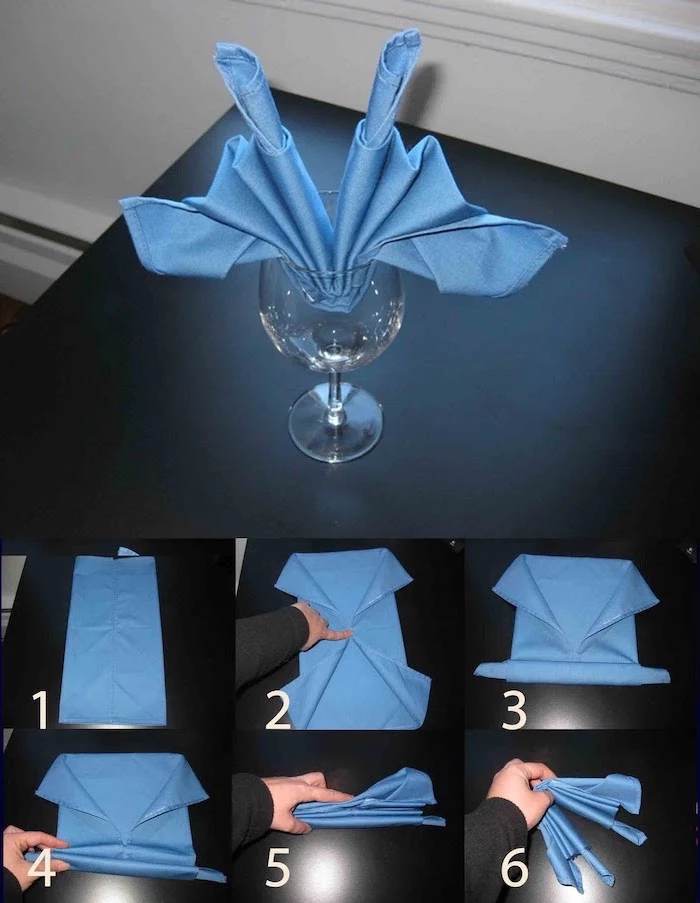
How do you handle napkins hygienically while folding?
This is a non-negotiable for any host. Always start with impeccably clean hands. Work on a sanitized surface, like a dedicated clean tablecloth or a large cutting board used only for this purpose. The goal is to touch the napkin as little as possible. Once folded, place them directly onto the plate or into a clean, covered container if preparing in advance.
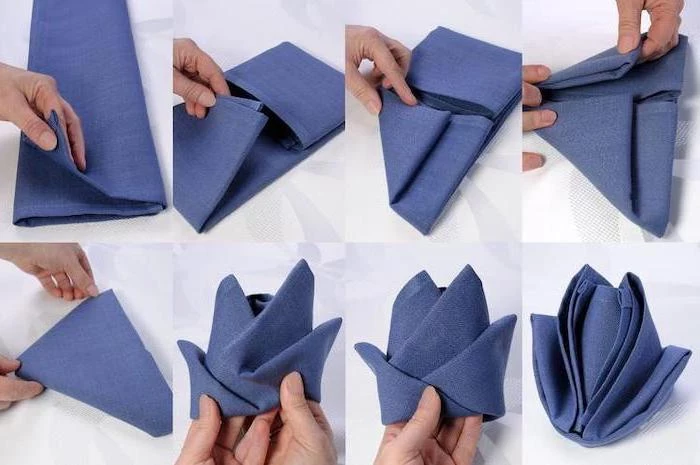
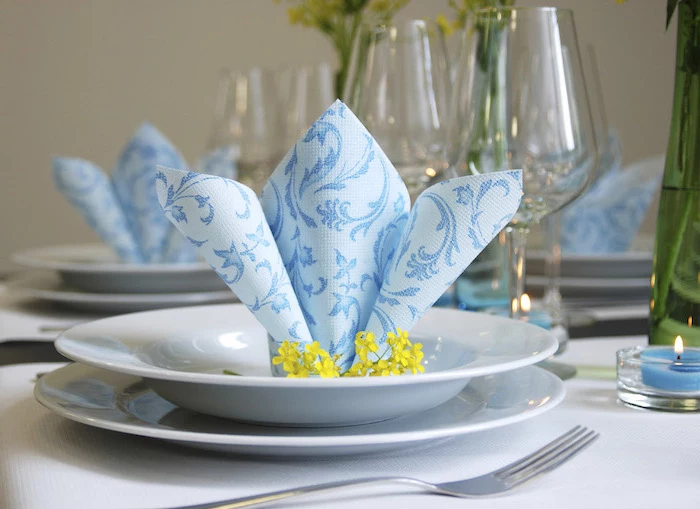
- Prevents stains from setting on delicate fabrics.
- Removes stubborn wax drips or grease spots.
- Restores the brilliant white of linen.
The trick? For tough stains, a pre-soak in cold water with a touch of a gentle stain remover like The Laundress Stain Solution before the main wash works wonders.
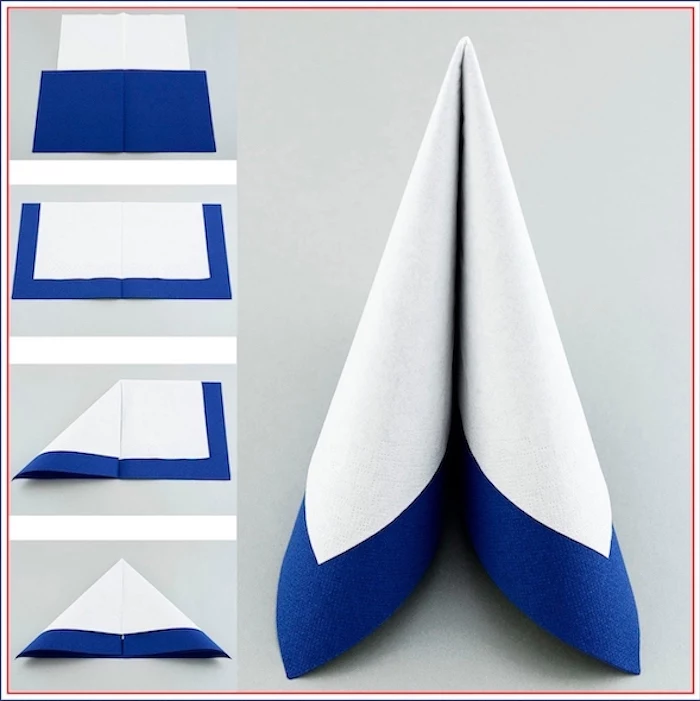
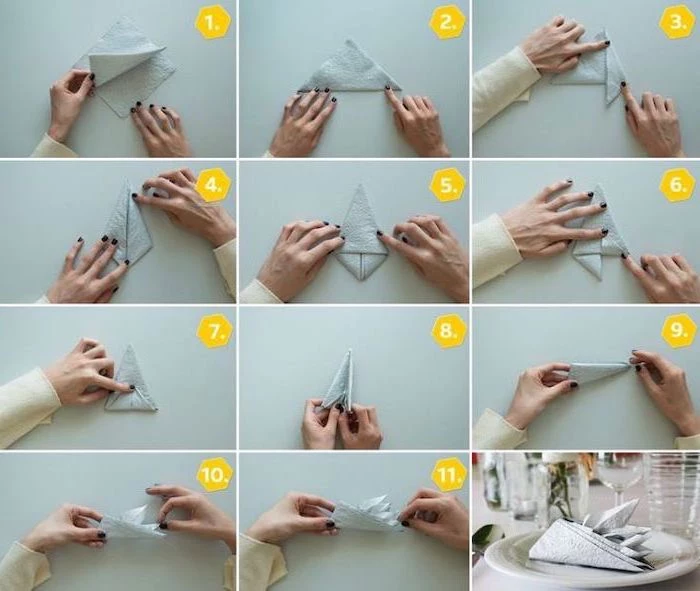
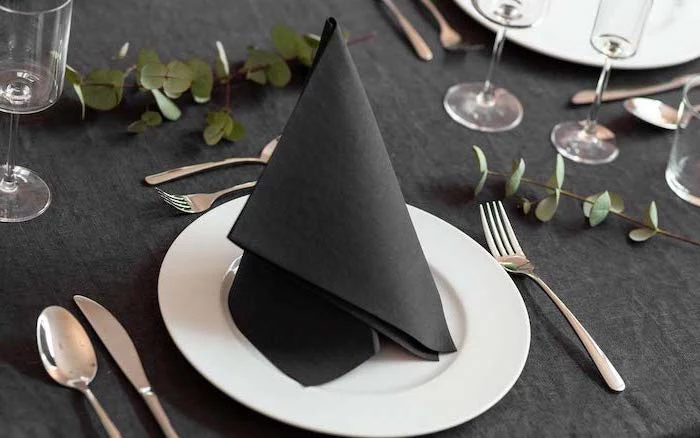
Think beyond the fold and consider the texture. A rough, rustic linen napkin in a simple knot fold perfectly complements a farmhouse aesthetic, while a smooth, high-thread-count cotton sateen napkin feels luxurious and is ideal for intricate, architectural folds at a formal dinner.
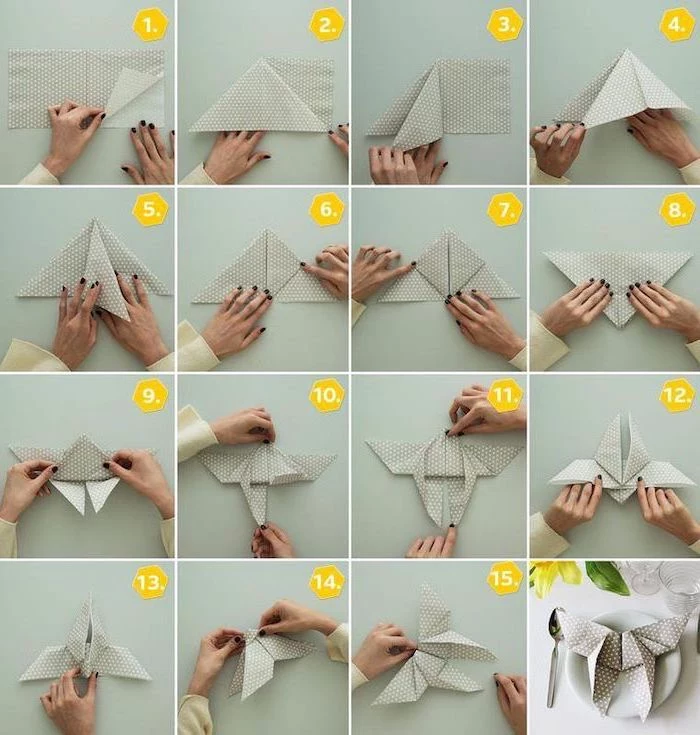
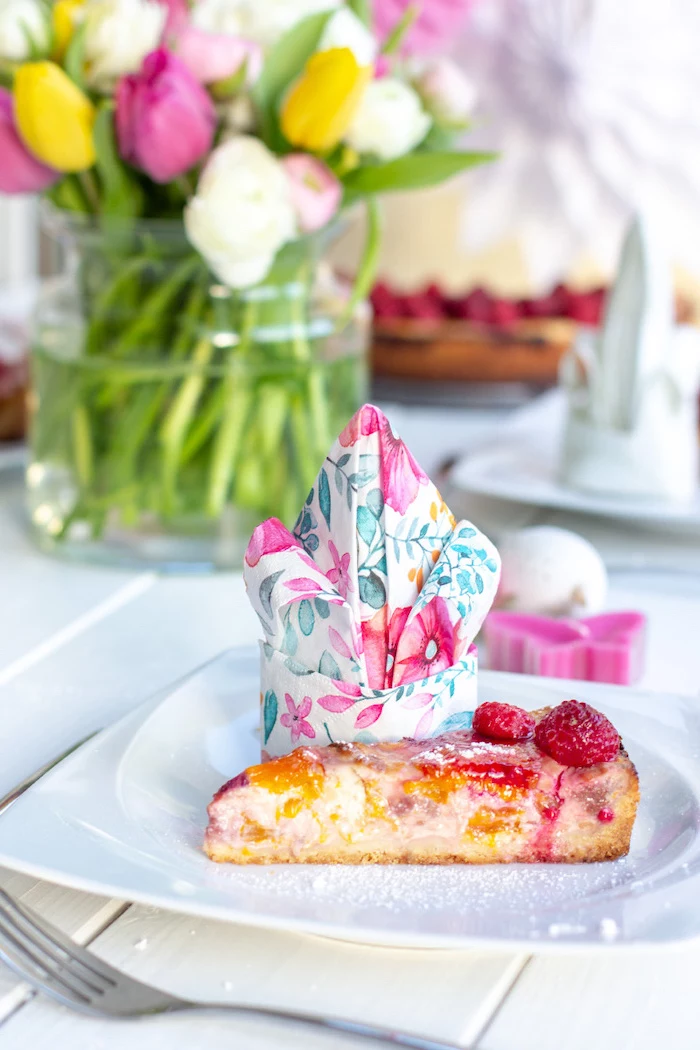
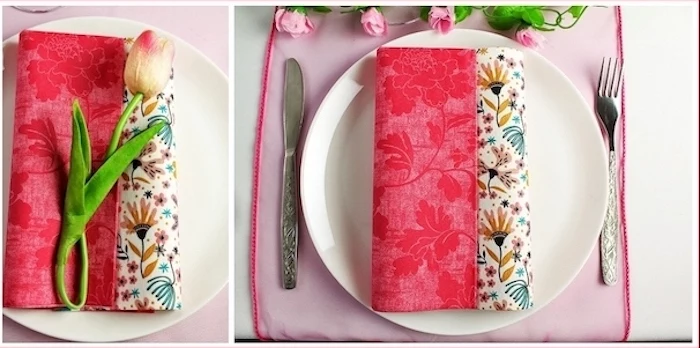
Belgian Linen: The gold standard. It’s incredibly durable, absorbent, and gets softer with every wash. Its natural stiffness is perfect for standing folds like the Bishop’s Hat.
Cotton Damask: Known for its subtle, woven patterns. It’s softer than linen from the start and drapes beautifully, making it ideal for elegant pocket or fan folds.
For structure, choose linen; for soft elegance, damask is your winner.
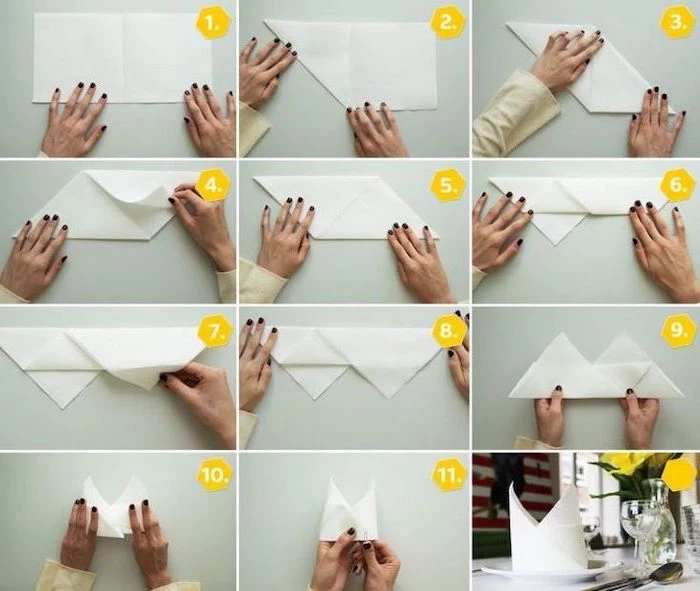
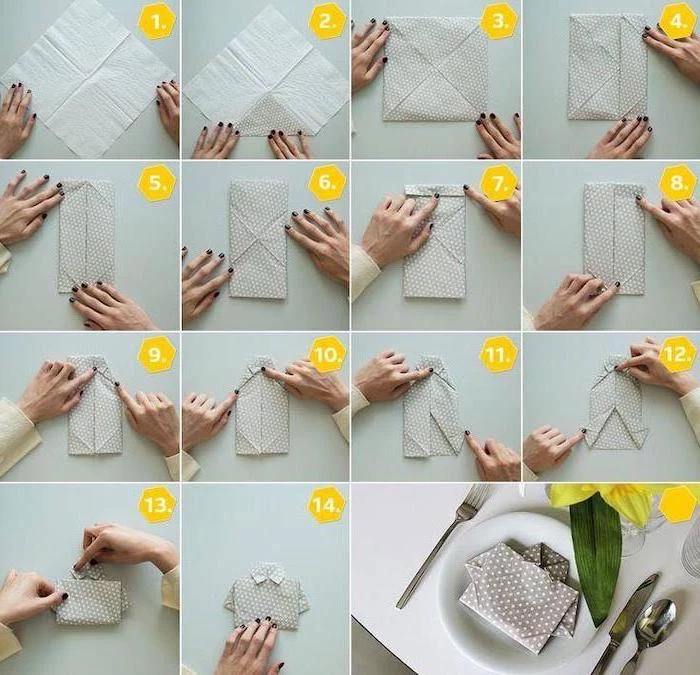
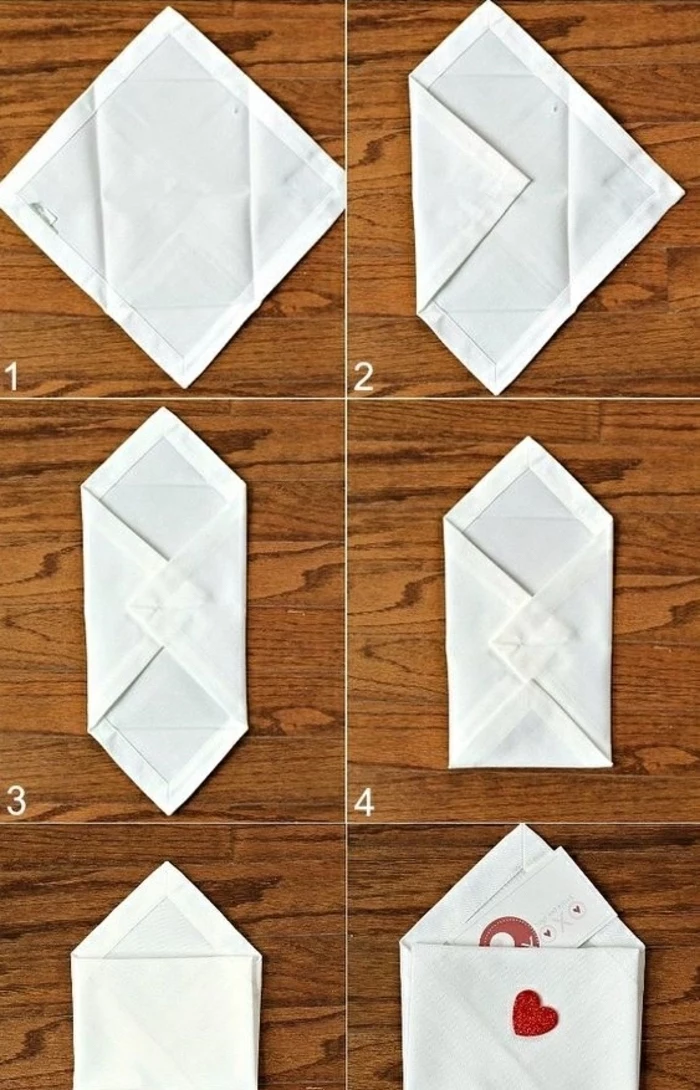
Don’t have time for a complex fold? The simple knot is effortlessly chic. Just lay the napkin flat, grab it from the center, and tie a loose knot about two-thirds of the way down. It’s a relaxed yet intentional look that’s perfect for casual brunches or outdoor dinners.
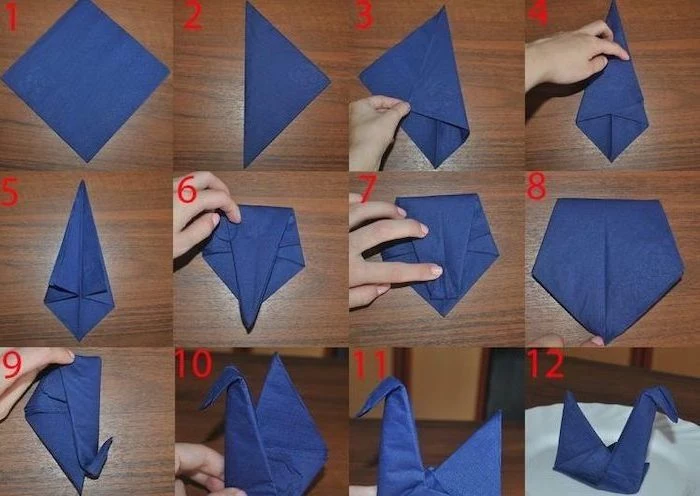
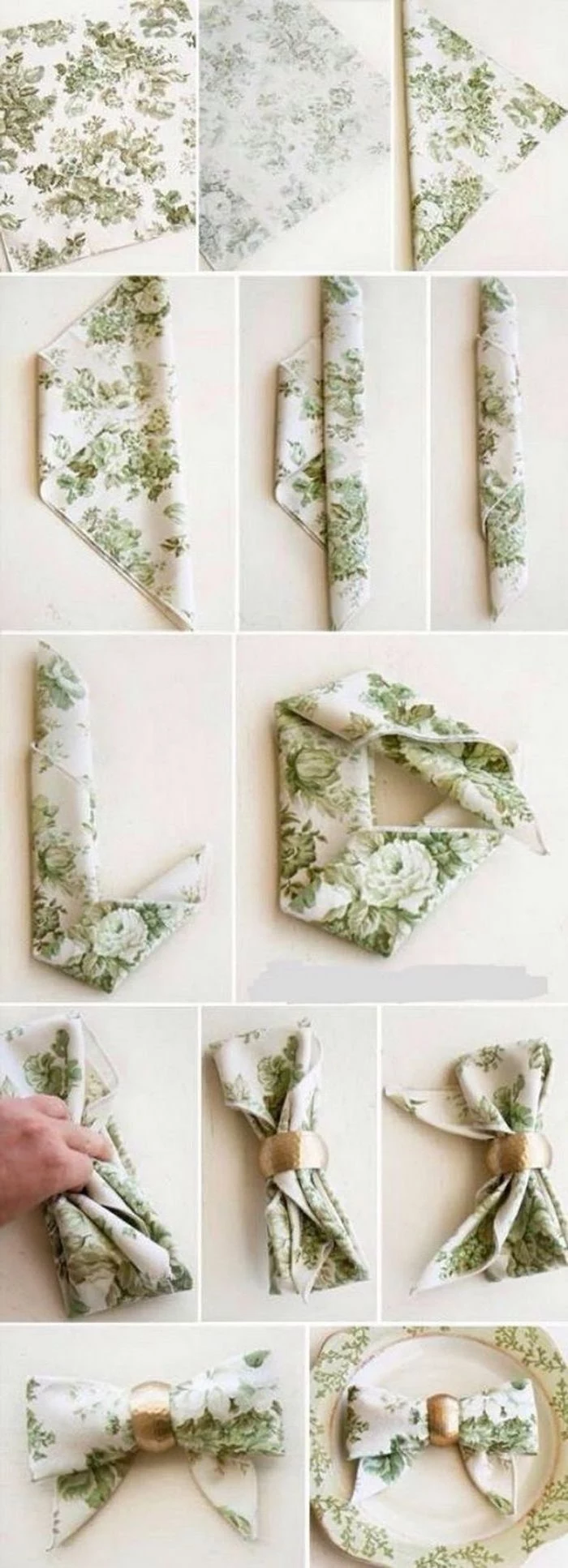
A study on dining etiquette revealed that using cloth napkins can reduce a household’s paper waste by over 20 pounds per year.
Making the switch isn’t just about elegance; it’s a small, consistent step towards a more sustainable home. Modern washing machines are efficient, and high-quality napkins can last for decades, making them a beautiful and eco-conscious investment.
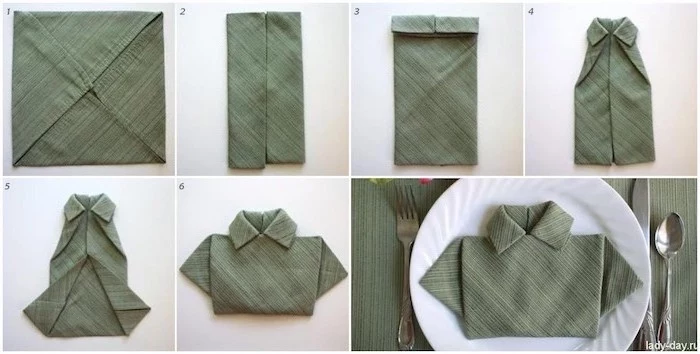
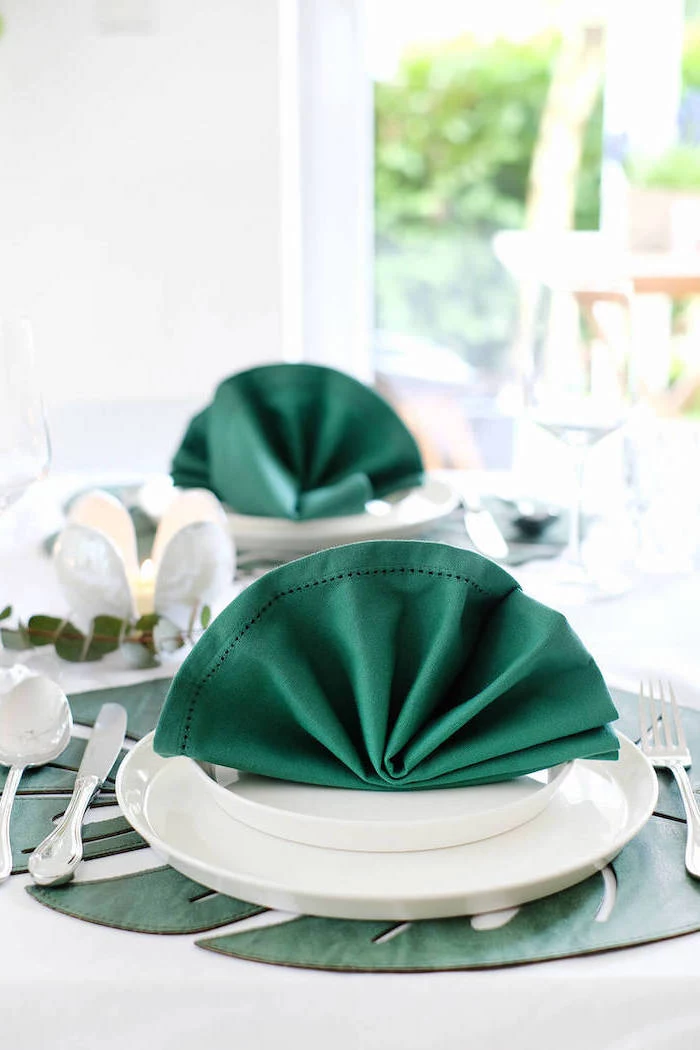
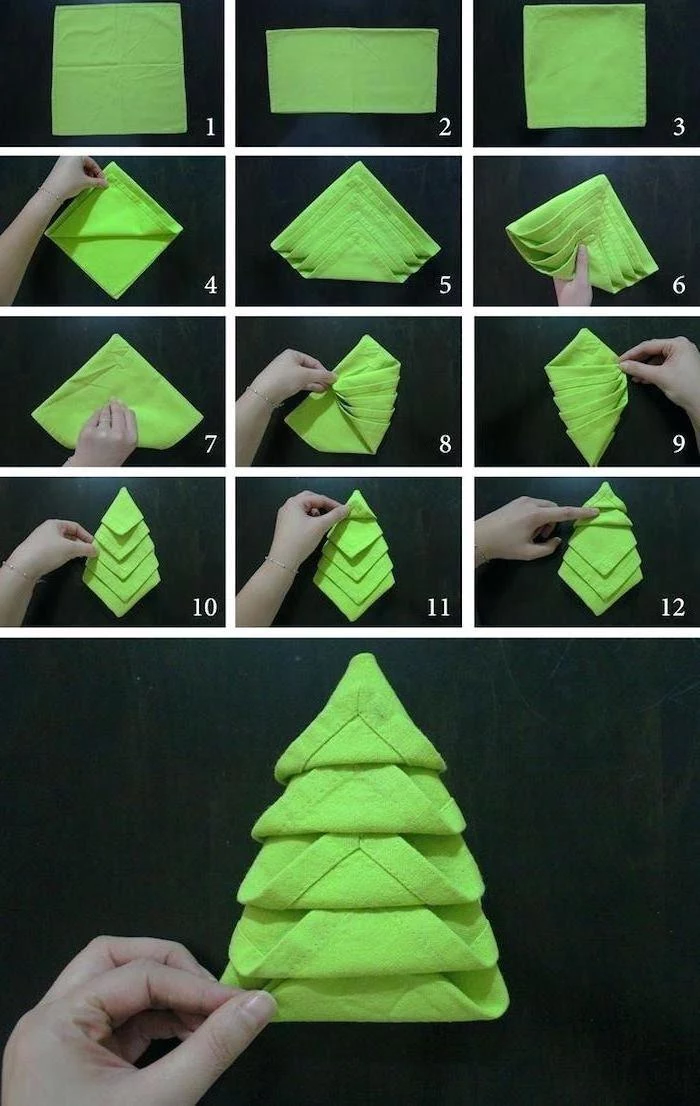
The size of your napkin matters. For a multi-course dinner, a larger 20×20 inch (50×50 cm) napkin feels substantial and provides ample coverage. For lunches or more casual settings, a 16×16 inch (40×40 cm) or 18×18 inch (45×45 cm) napkin is perfectly suitable and won’t overwhelm the place setting.
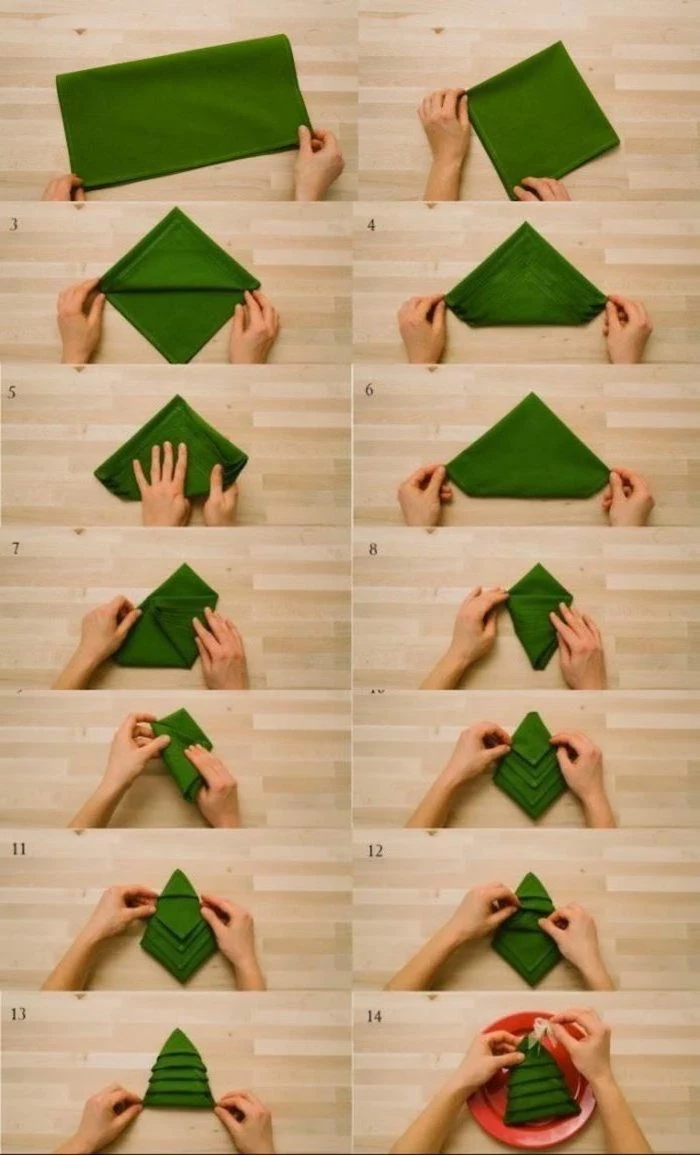
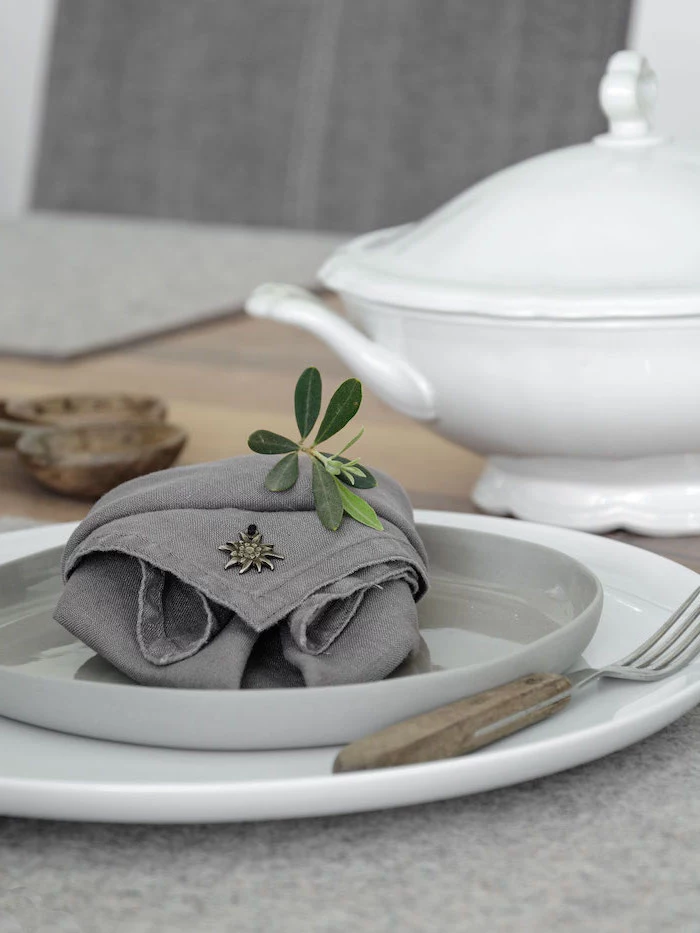
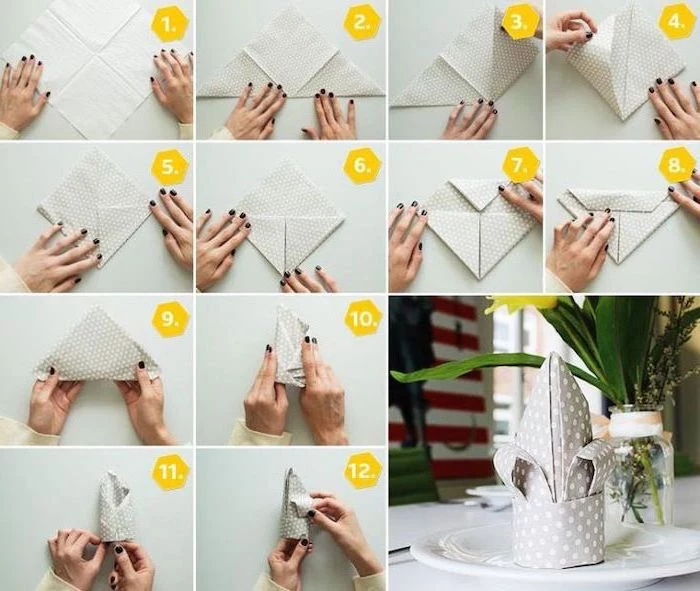
Can I fold napkins the day before a big event?
Absolutely, and it’s a huge time-saver! The key is storage. Once folded, lay them flat in a shallow, clean box or a drawer lined with fresh tissue paper. Avoid stacking them too high, as this can crush the bottom ones. For standing folds, you might need to do a quick final touch-up just before setting the table.
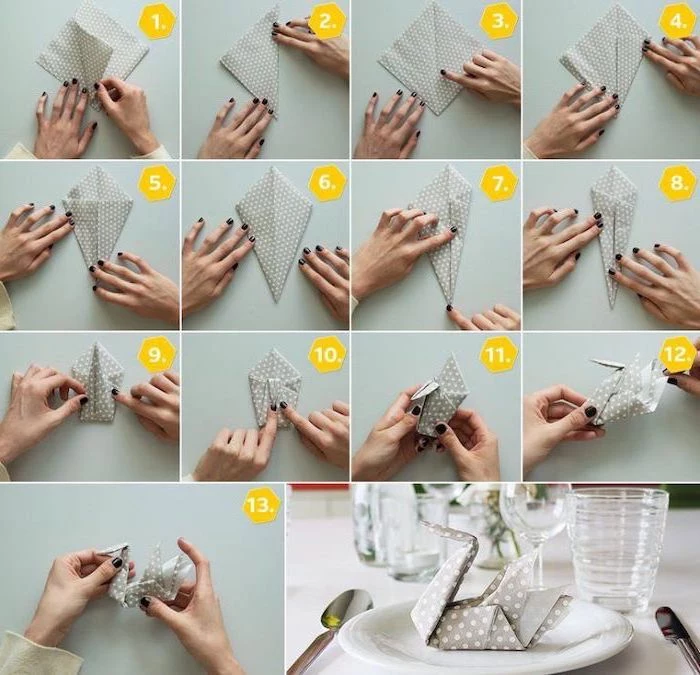
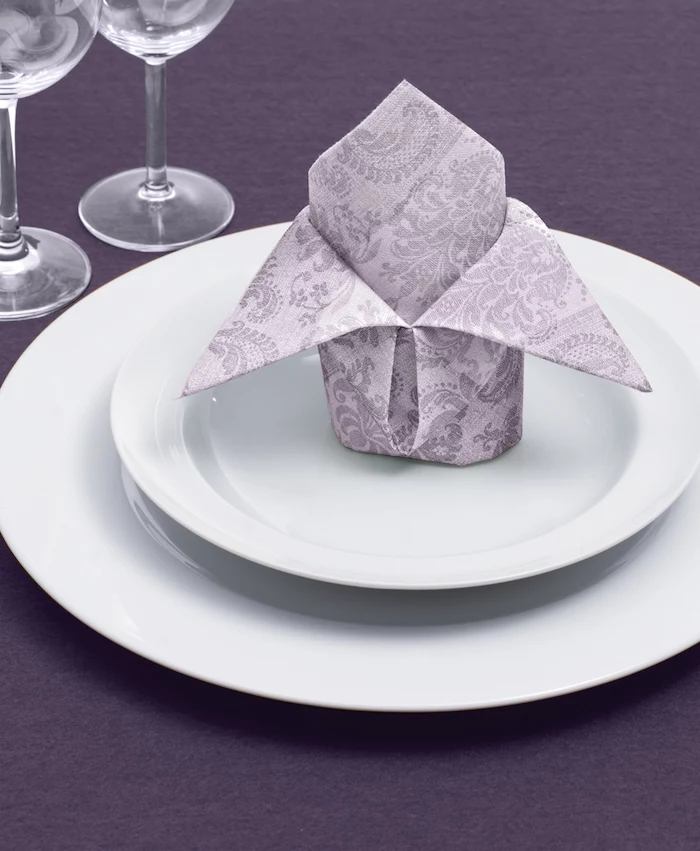
- Ensure your iron is clean to avoid transferring residue.
- Iron napkins while they are still slightly damp for the smoothest finish.
- Always iron on the reverse side to protect the color and any embroidery.
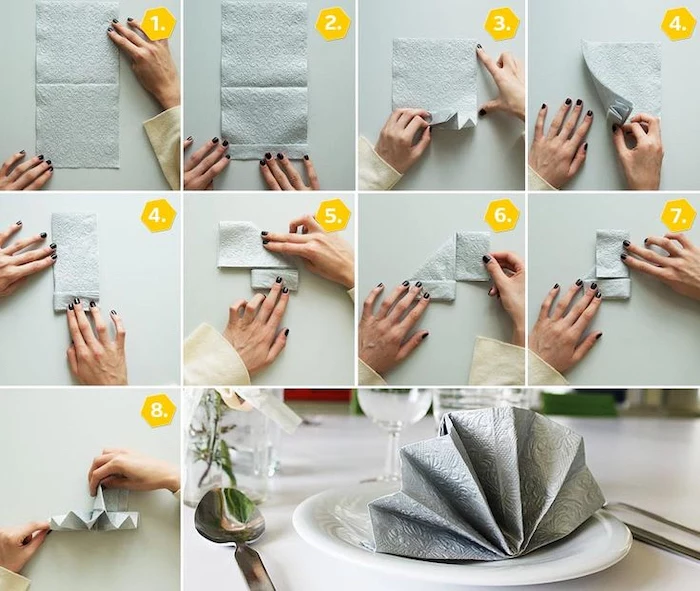

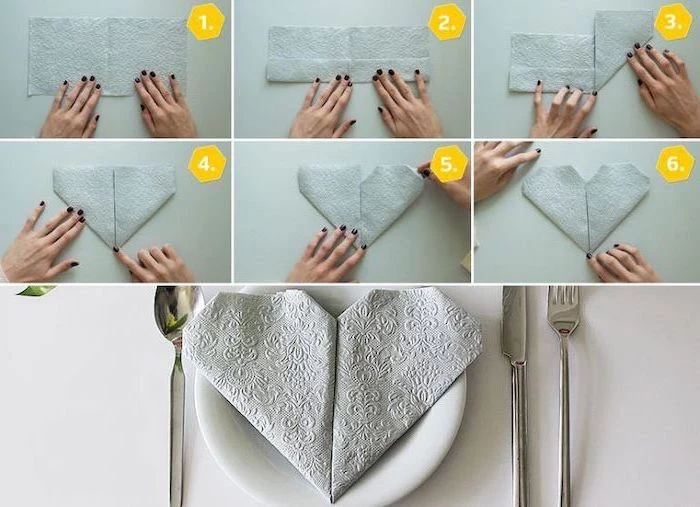
A common pitfall: Choosing a fold that’s too complex for your fabric. A soft, thin polyester napkin will never hold the rigid structure of a Swan fold, leading to a droopy mess. A thick, starchy linen, on the other hand, might be too bulky for a delicate, multi-layered flower. Always test-fold one napkin before committing to the whole set.
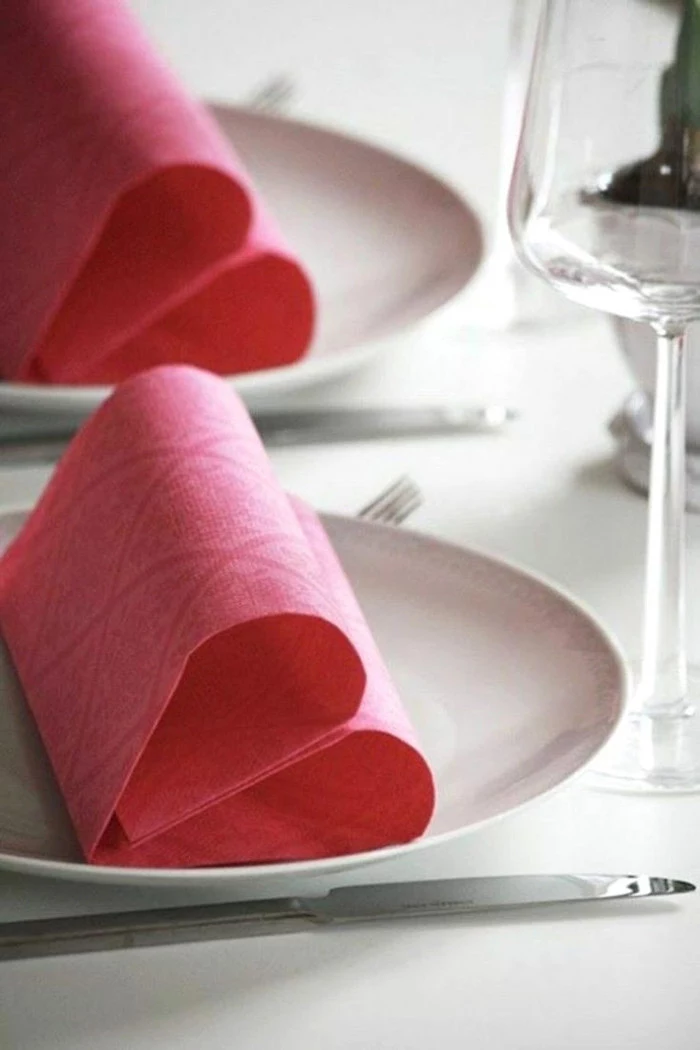
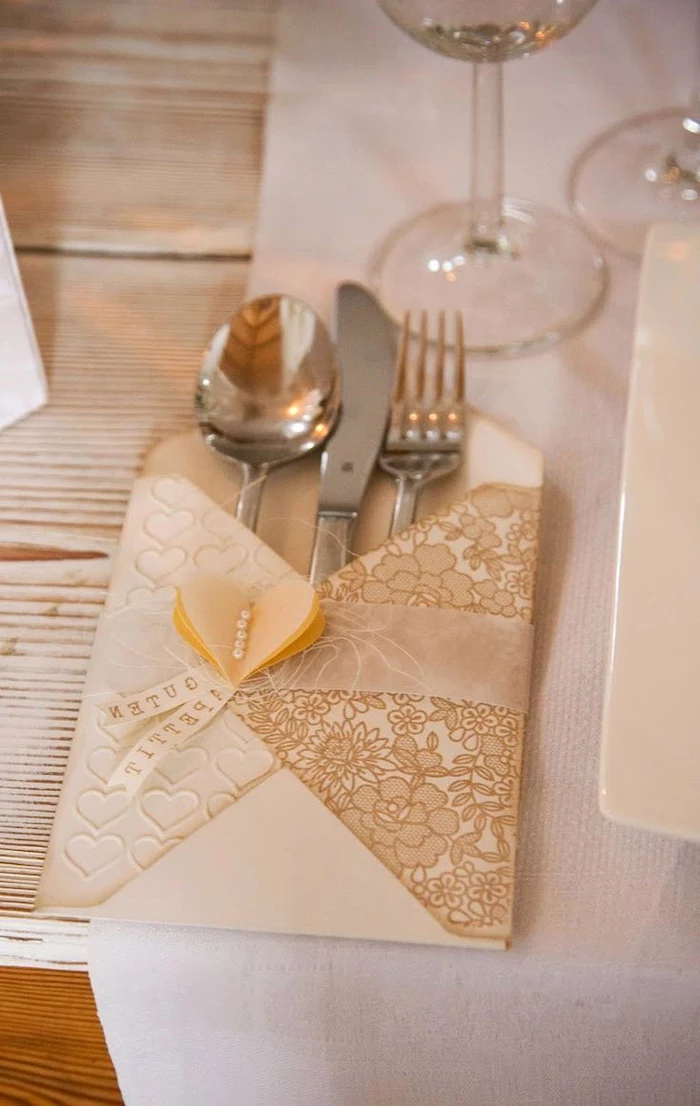
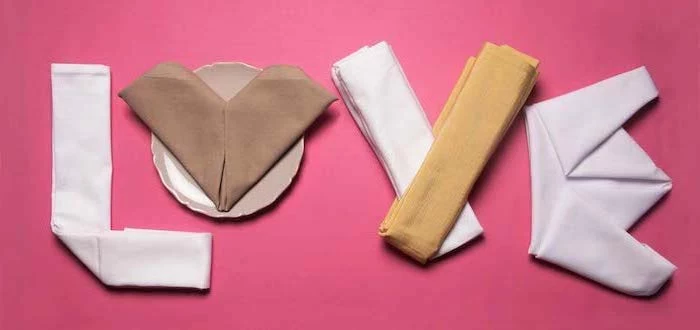
When using high-quality paper napkins for a crowd, elevate the experience with a premium brand. Caspari and Marimekko are renowned for their ‘linen-feel’ air-laid paper napkins, which offer beautiful designs, superior thickness, and a softness that mimics real cloth, fooling even discerning guests.
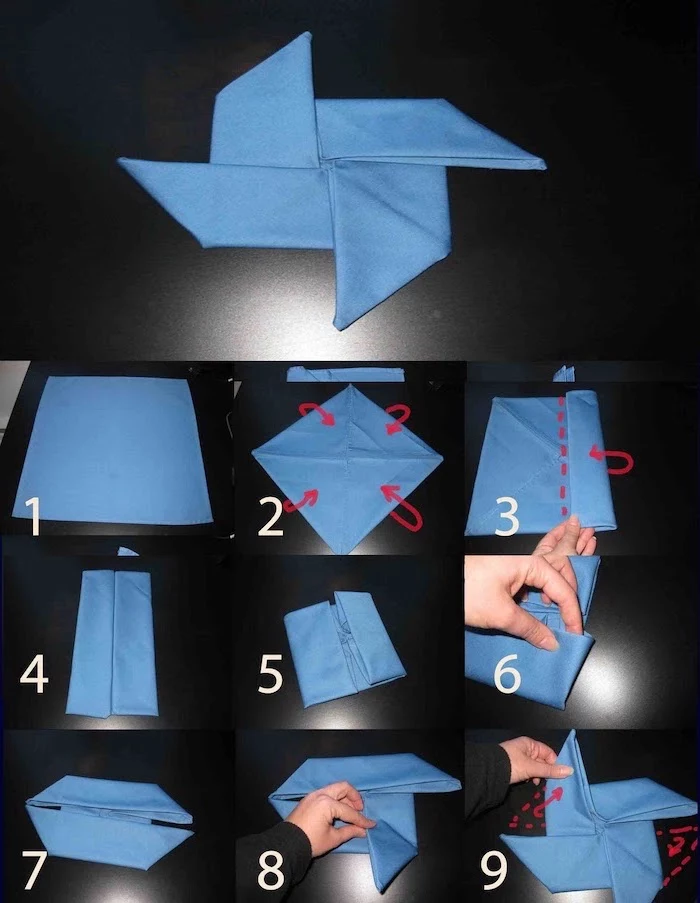
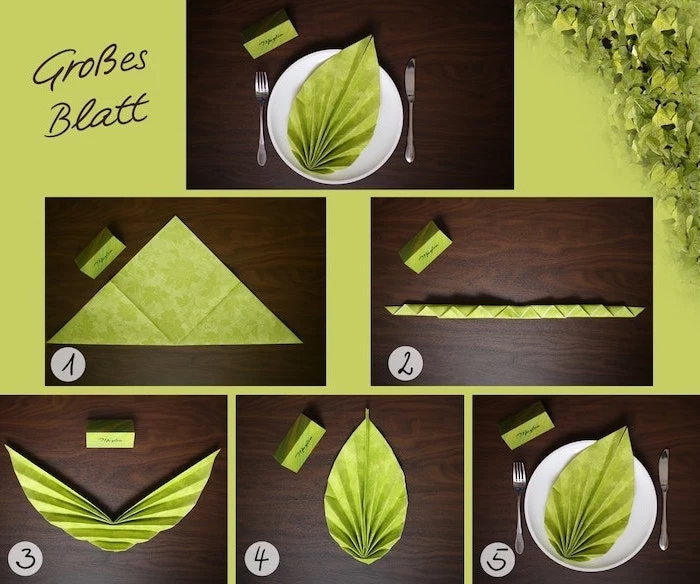
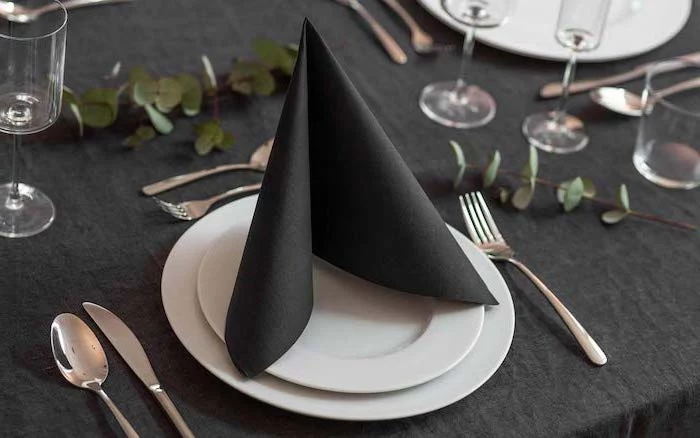
The art of napkin folding, or ‘serviettage,’ reached its peak in 16th-century Italy, where complex animal and architectural shapes were status symbols at noble feasts.

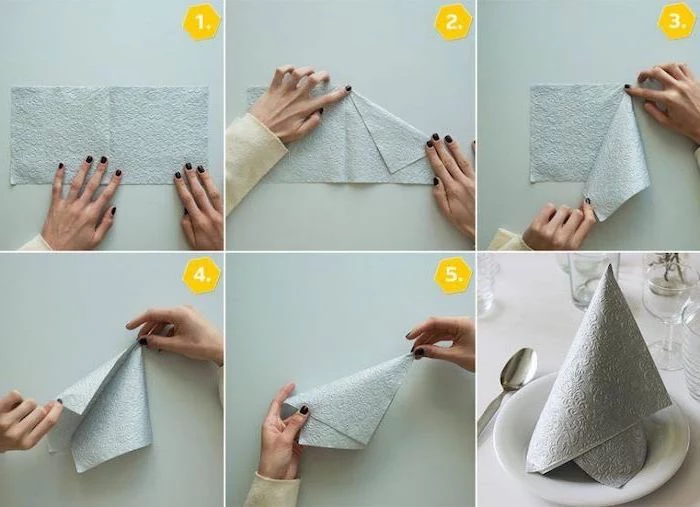
Let the napkin ring do the talking. For a truly minimalist setting, simply pulling a beautiful, un-ironed linen napkin through a sleek metallic or ceramic ring creates a look of effortless sophistication. This is perfect for Wabi-Sabi or modern Scandinavian table styles, celebrating the beauty of the material itself.
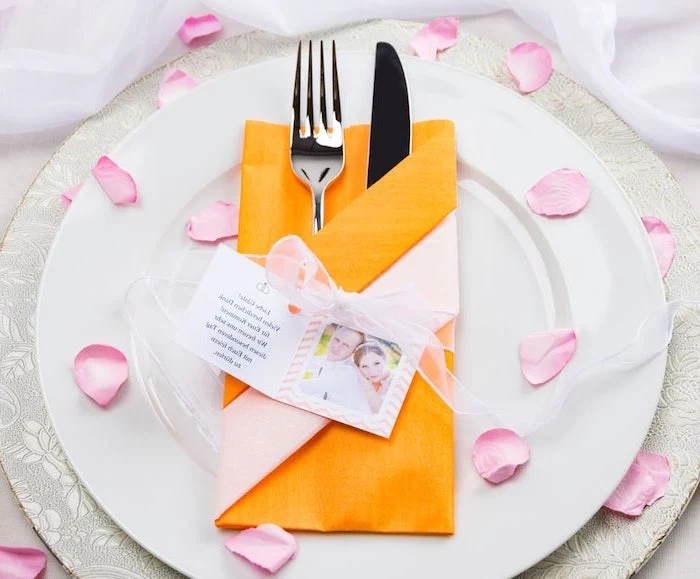
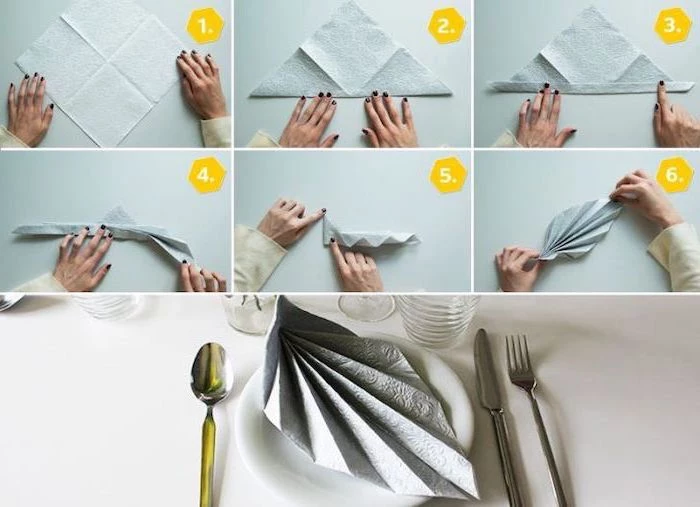
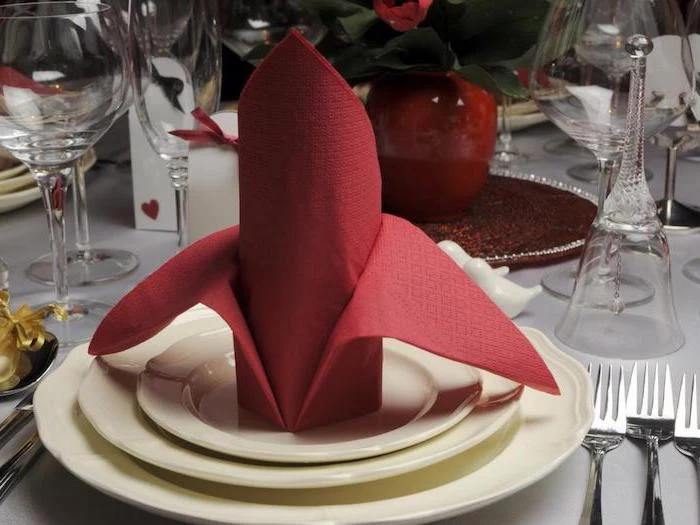
Patterned Napkins: Best for simple folds like a basic rectangle or a rolled scroll. This allows the pattern to be the star of the show without looking chaotic.
Solid-Colored Napkins: The perfect canvas for intricate, sculptural folds like the Rose or the Bird of Paradise. The uniform color highlights the shadows and lines of your handiwork.
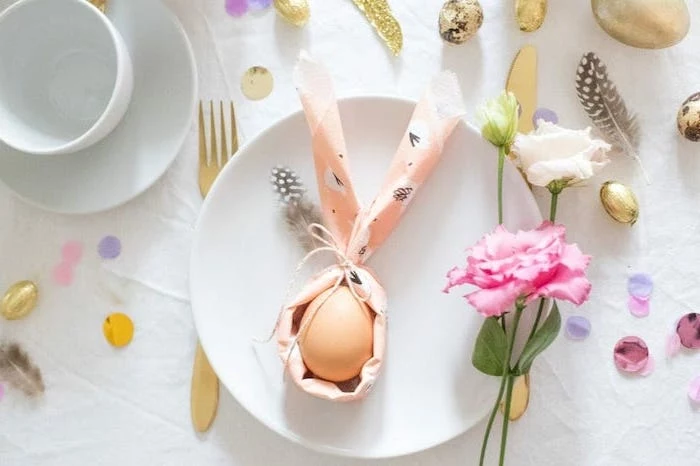
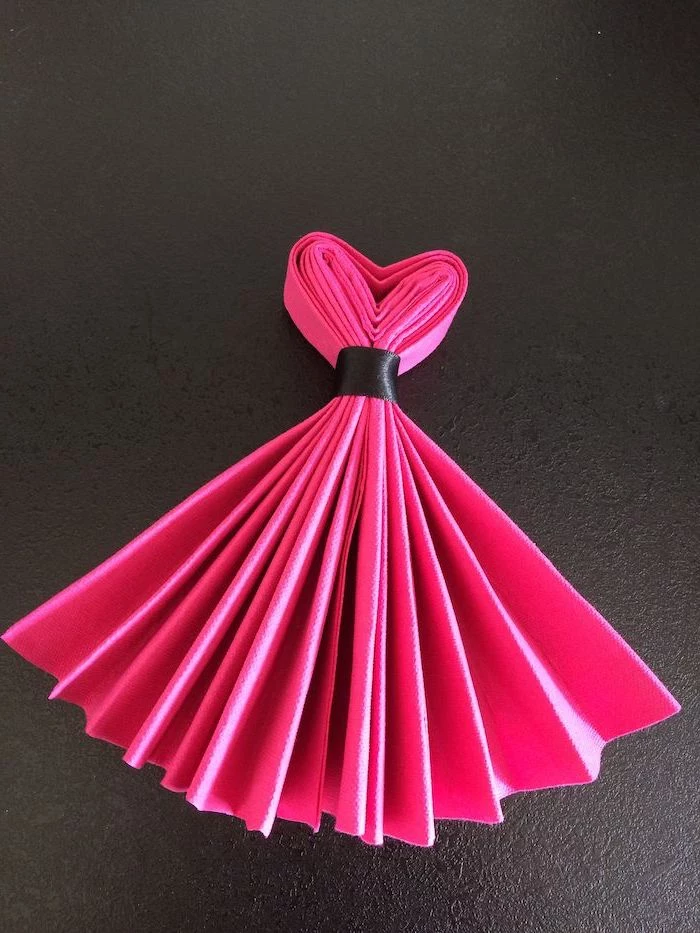
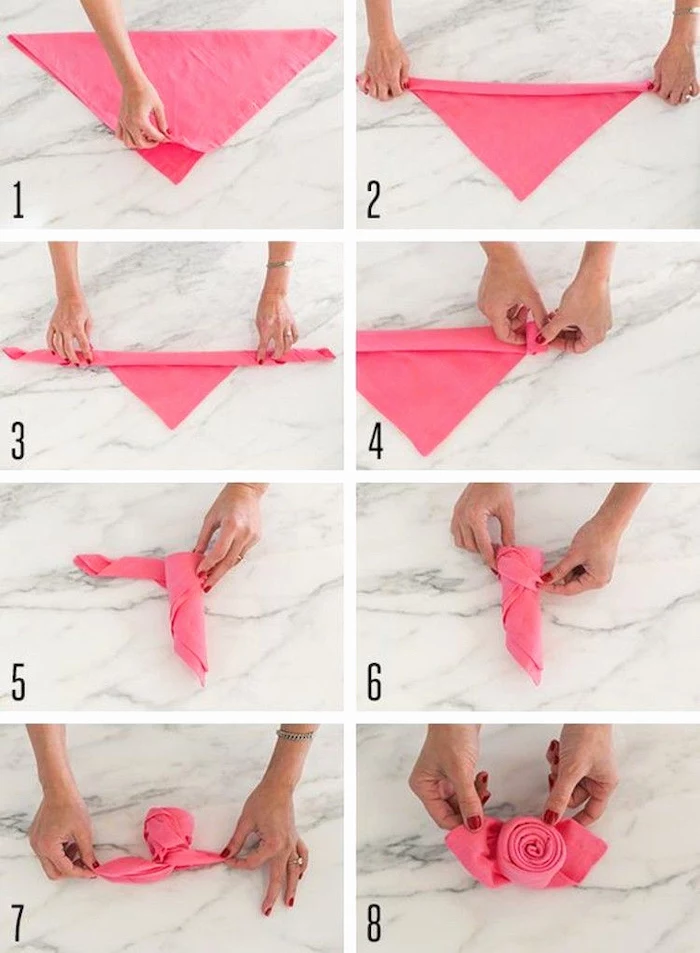
A personalized touch makes any occasion feel more special. A simple monogram, embroidered in a contrasting thread in one corner, adds a timeless, bespoke element to your table linens. It’s an investment that turns a set of napkins into a family heirloom.
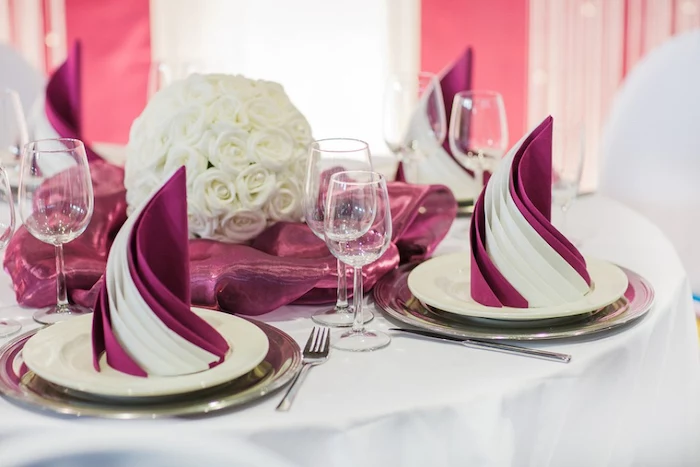
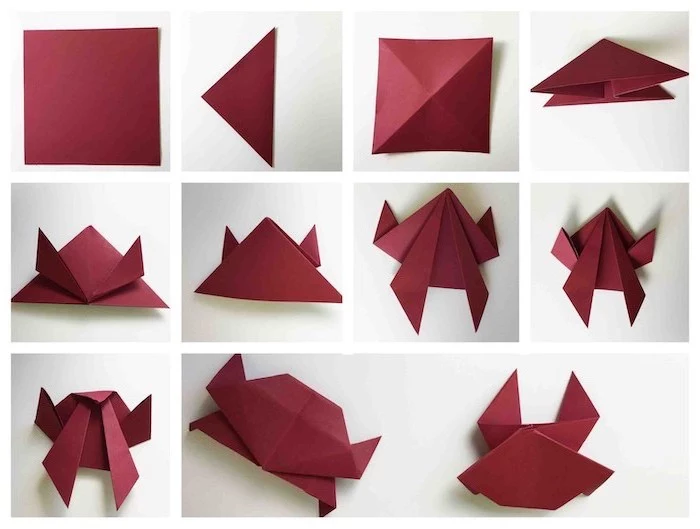
- A sprig of fresh rosemary or thyme.
- A single, vibrant cinnamon stick for autumn gatherings.
- A delicate ribbon that matches your decor.
- A rustic piece of twine for a farmhouse look.
These simple, inexpensive items can be used in place of traditional rings to secure a rolled or simply folded napkin, adding a fragrant, seasonal, and personal touch.
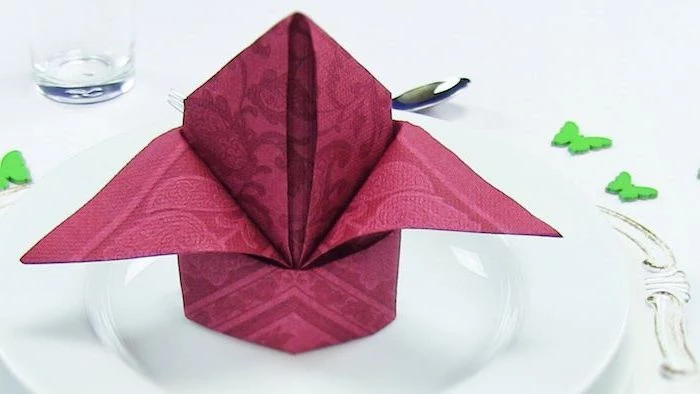
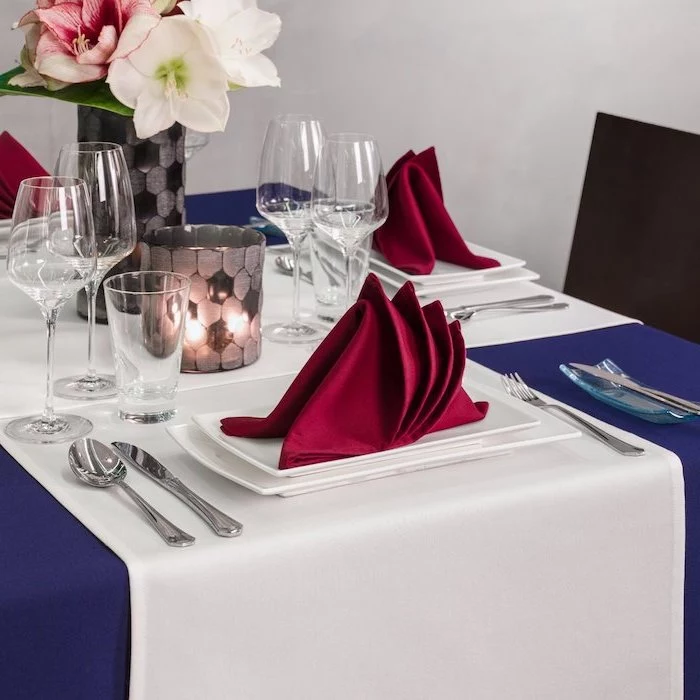
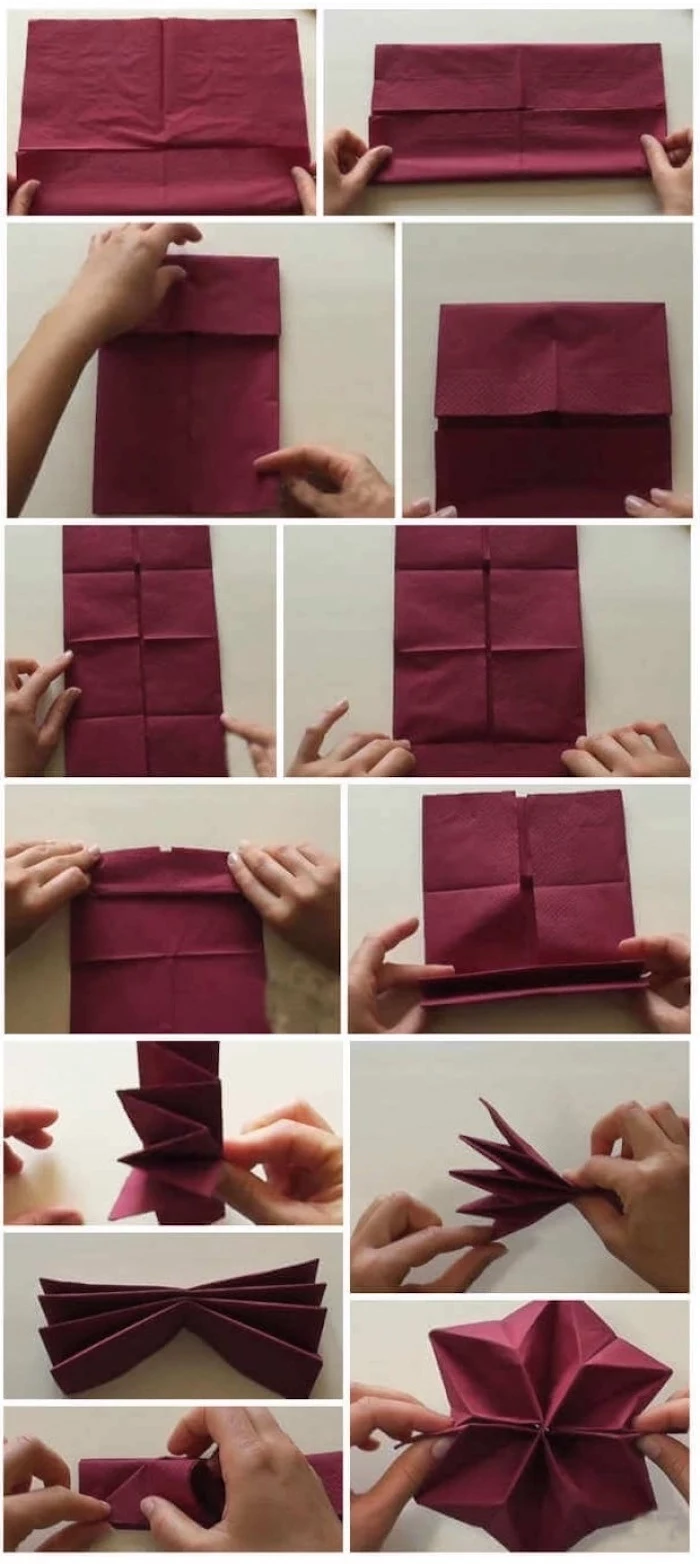
How do I match the napkin fold to my plate shape?
Think in terms of contrast and harmony. For round plates, a fold with strong angles like the Pyramid or the Arrow creates a dynamic visual break. For square plates, softer folds like the Fan in a glass or a simple Roll can soften the hard edges. The goal is a balanced composition.
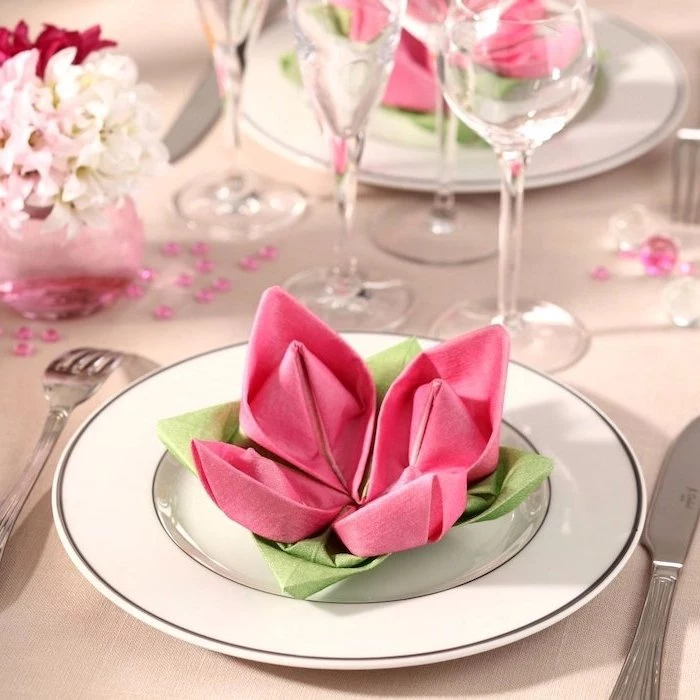
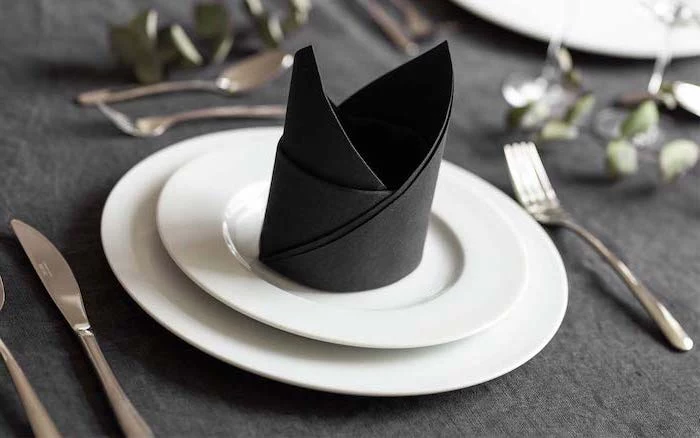
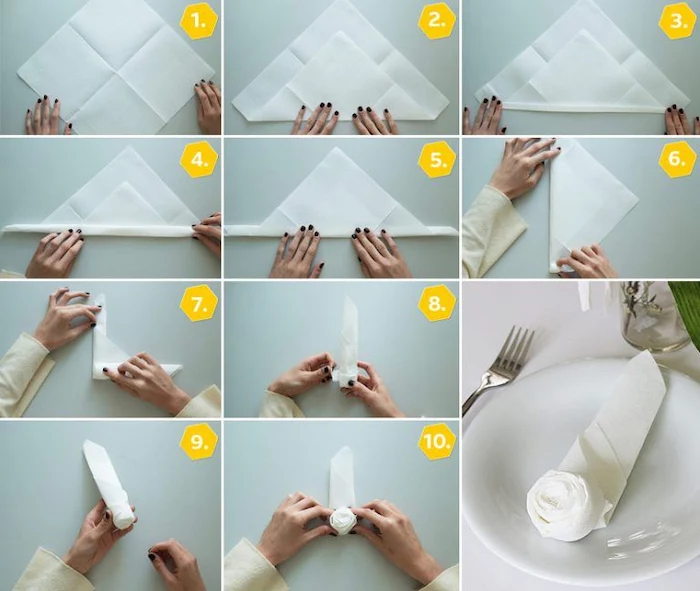
Did you know the classic ‘Bishop’s Hat’ fold was designed to stand tall on the plate, not just for looks, but to keep the diner’s bread roll warm underneath?
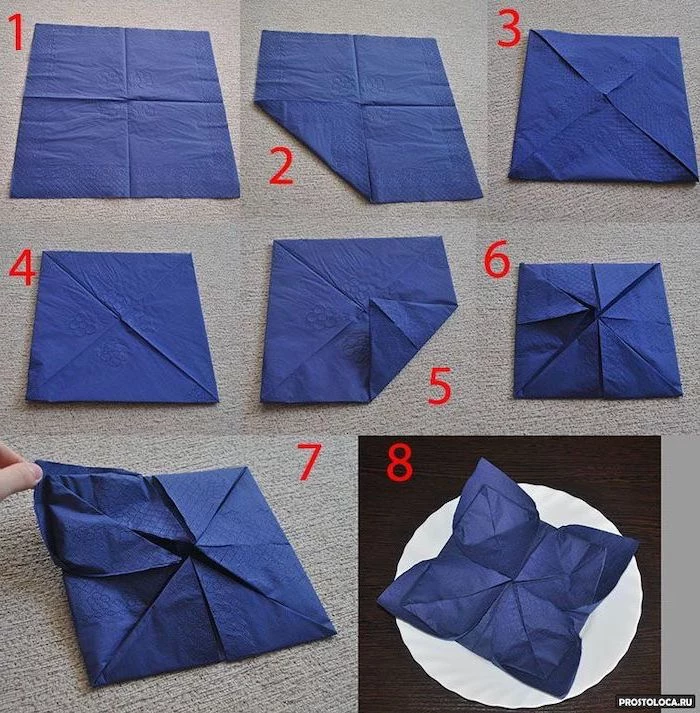
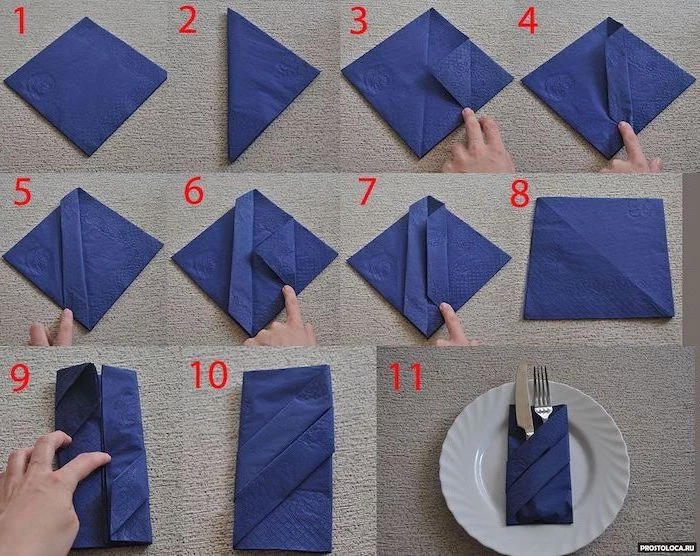
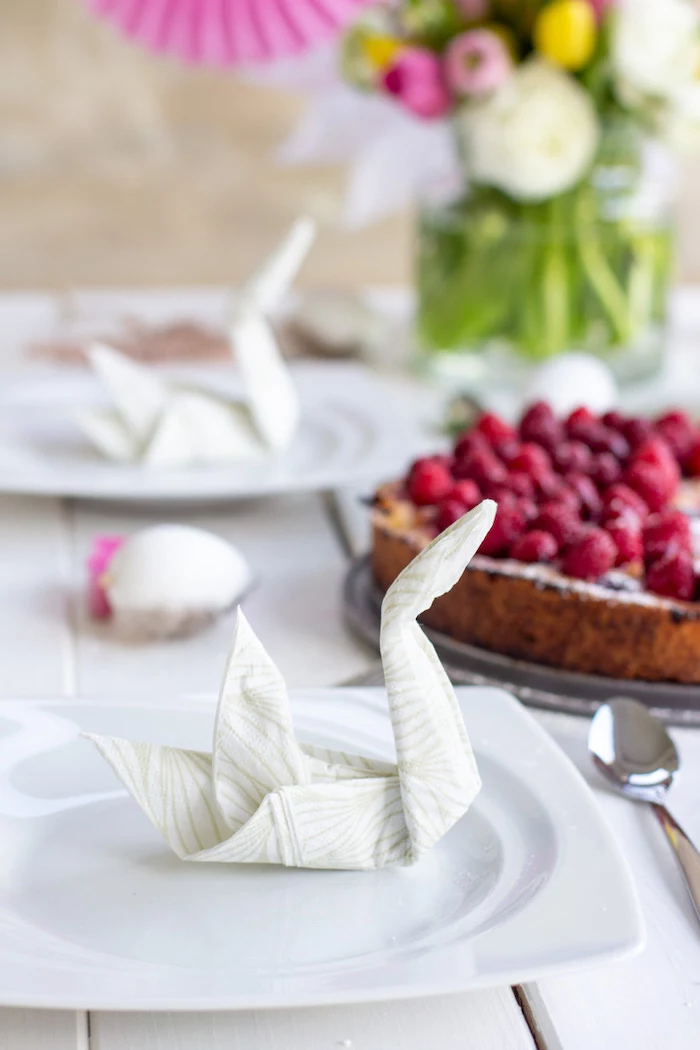
For an extra touch of sensory delight, add a subtle scent. Place a few dried lavender sachets or cedar blocks in the drawer where you store your clean linens. The napkins will absorb a faint, pleasant aroma that greets your guests as they sit down, enhancing the overall dining atmosphere.
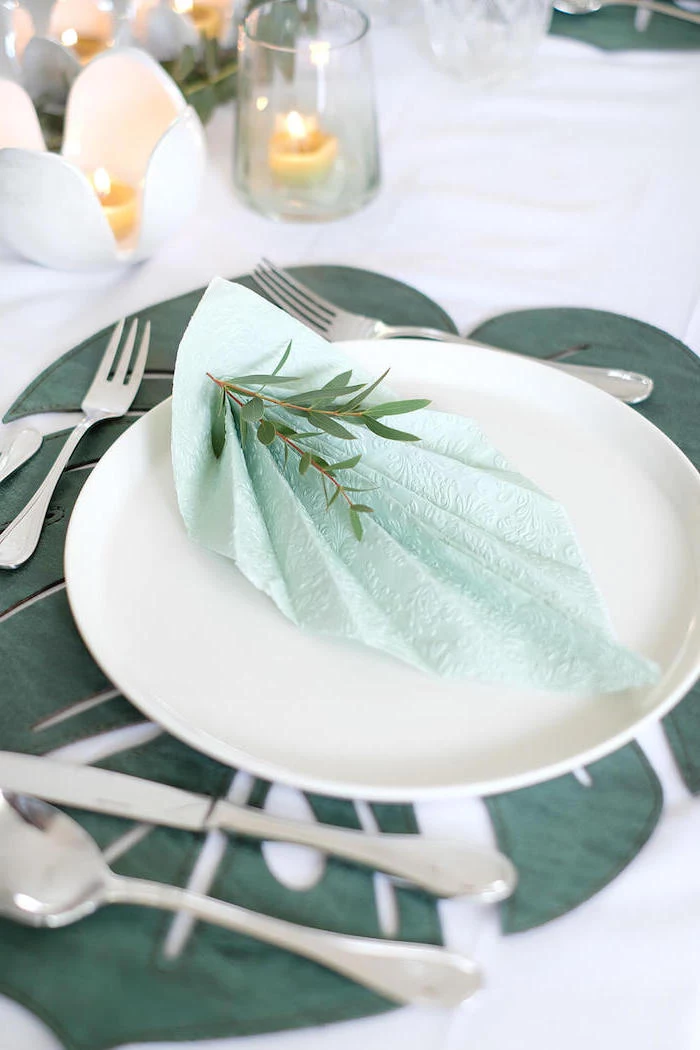
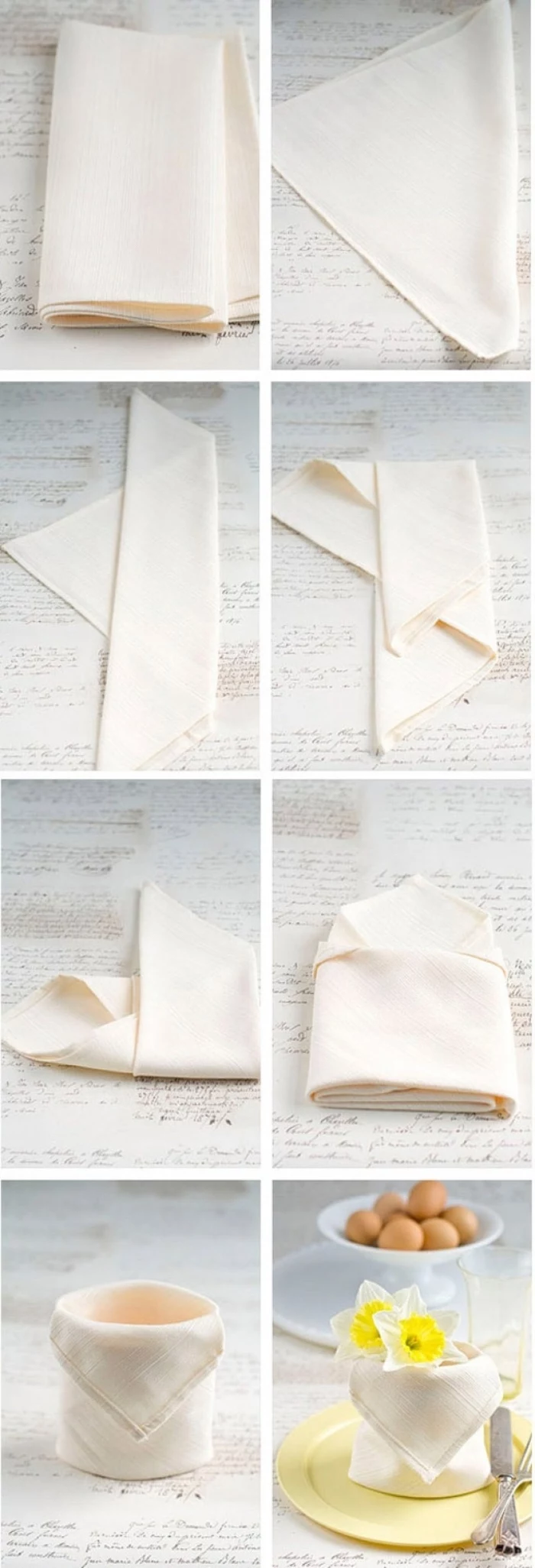
The Final Check: Before guests arrive, do a quick pass of the table from a guest’s perspective. Sit in a chair. Are all the napkin points facing the same direction? Are they centered? This final, 30-second inspection is what separates a nice table from a truly flawless one.
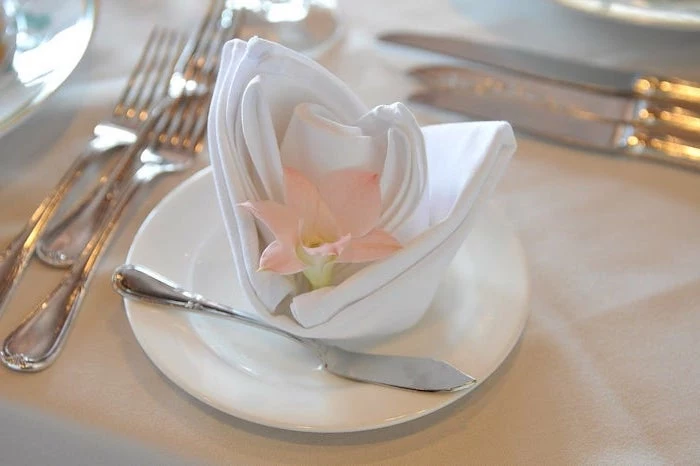
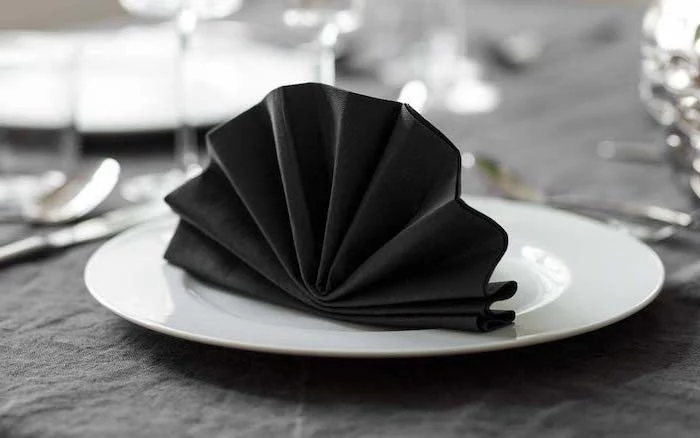
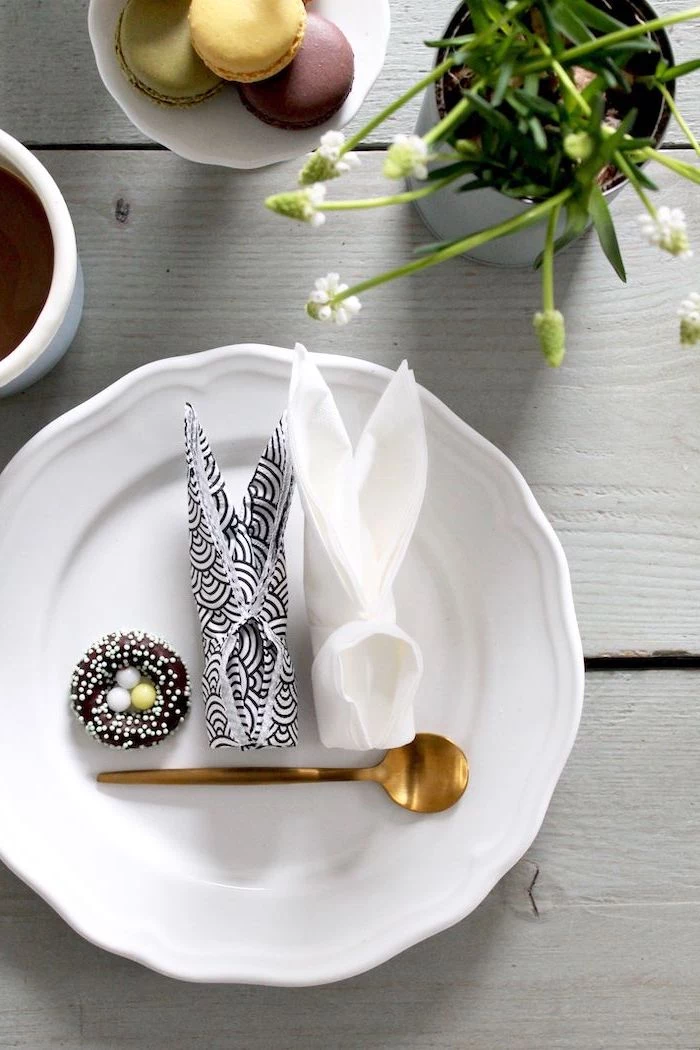
Bring the season to your napkin. For a spring lunch, tuck a single fresh daisy into the fold. In autumn, use a thin leather cord to tie the napkin. For the holidays, a miniature ornament or a sprig of holly secured with a red ribbon adds instant festive charm without requiring a complicated fold.
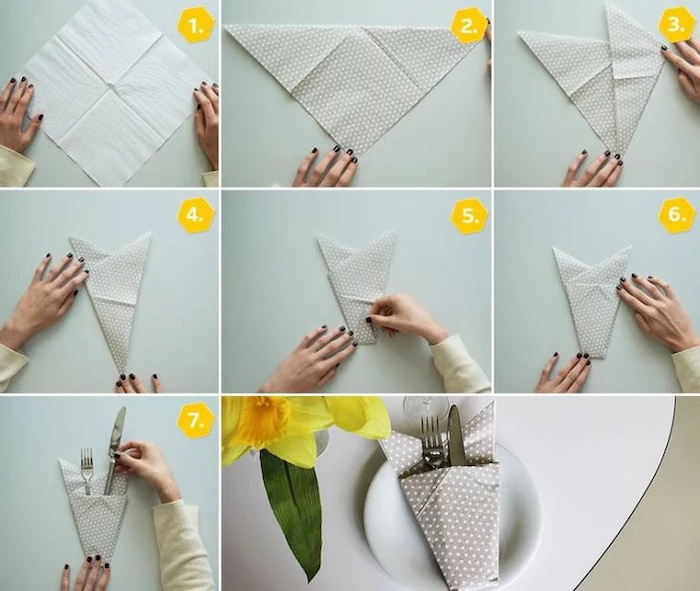

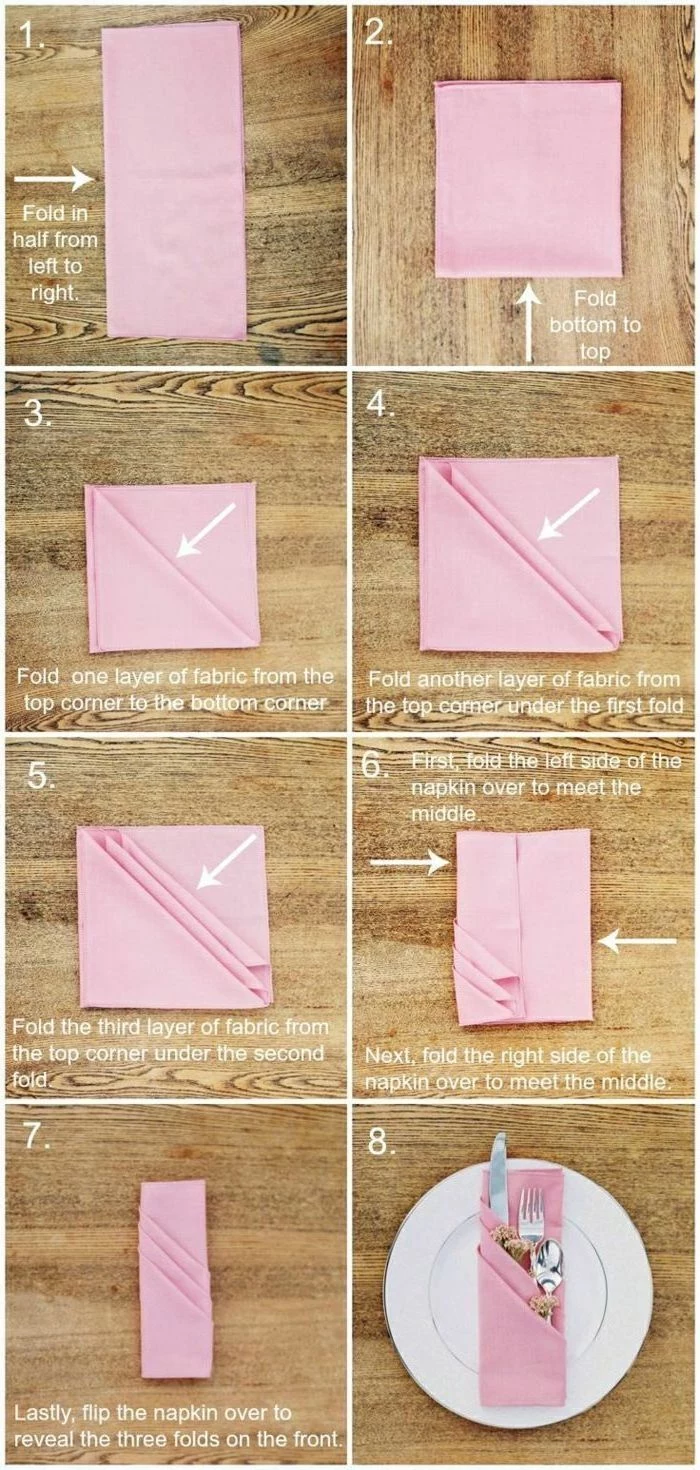
The ‘Fan’ fold, often placed in a water goblet, became popular in American diners in the 1950s as a quick, space-saving way to add a touch of flair to simple table settings.
This shows that elegant presentation isn’t just for fine dining. It’s a democratic way to show care and attention to detail, whether you’re serving a five-course meal or a simple burger and fries.
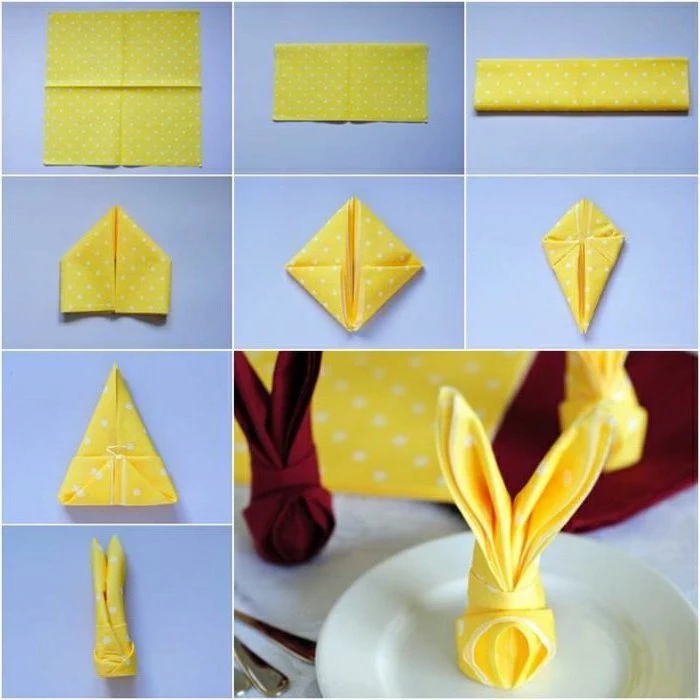
The Pocket Fold’s purpose: It’s not just about looks; it’s a masterpiece of function.
- Neatly holds silverware, keeping it off the table until needed.
- Perfect for tucking in a place card for assigned seating.
- Can hold a small menu or even a sprig of herbs as a decorative element.
This fold is a host’s most practical and versatile tool, combining elegance with perfect organization.

